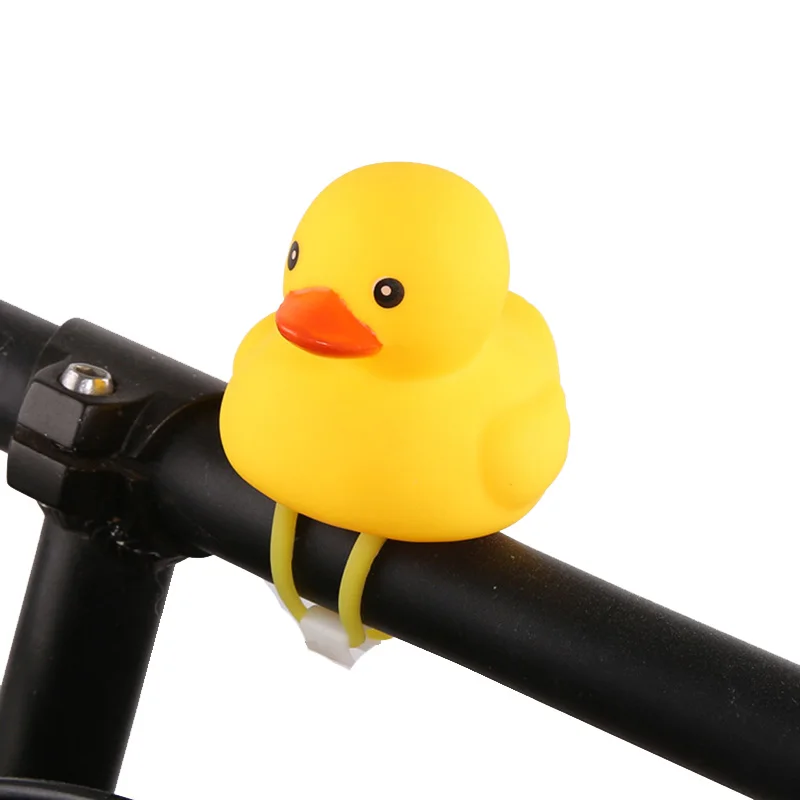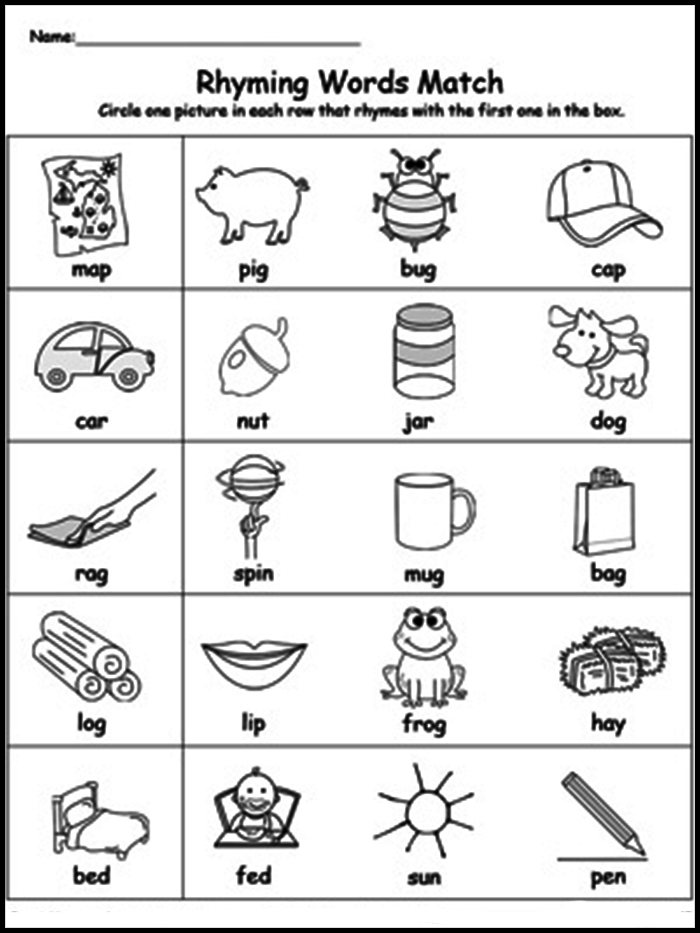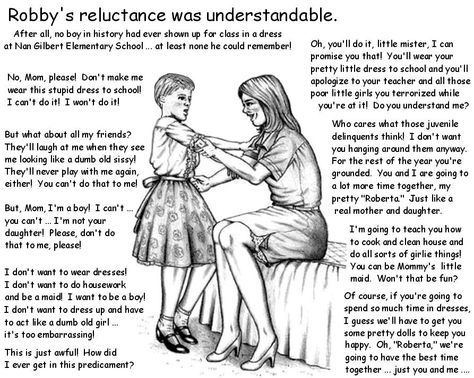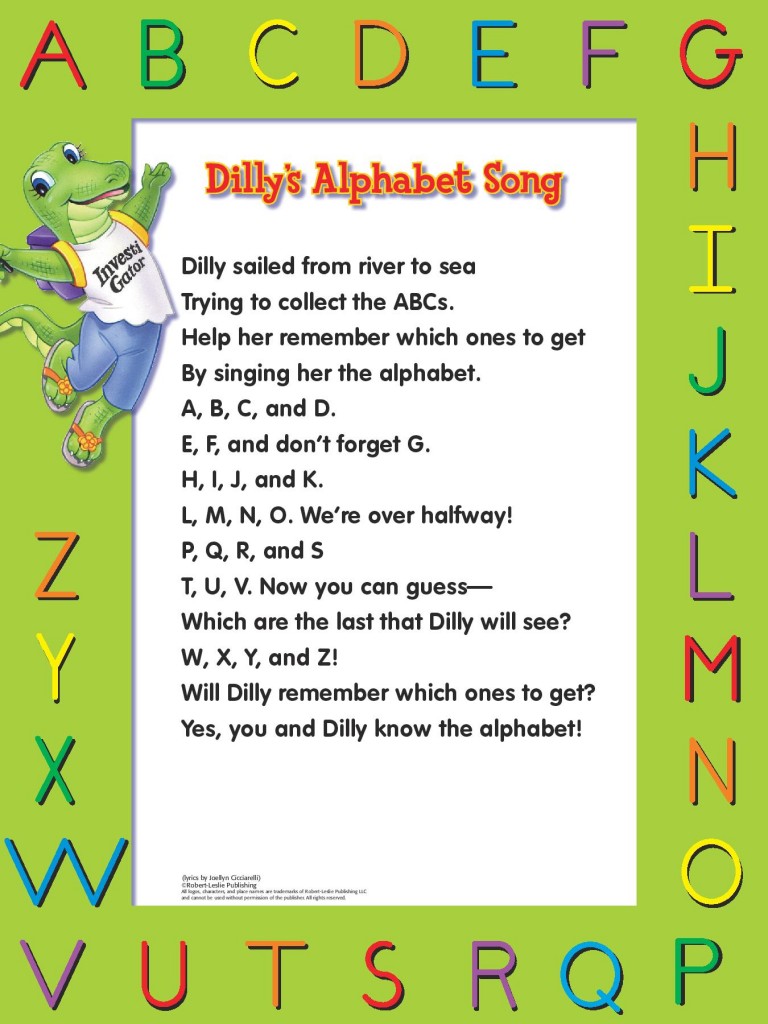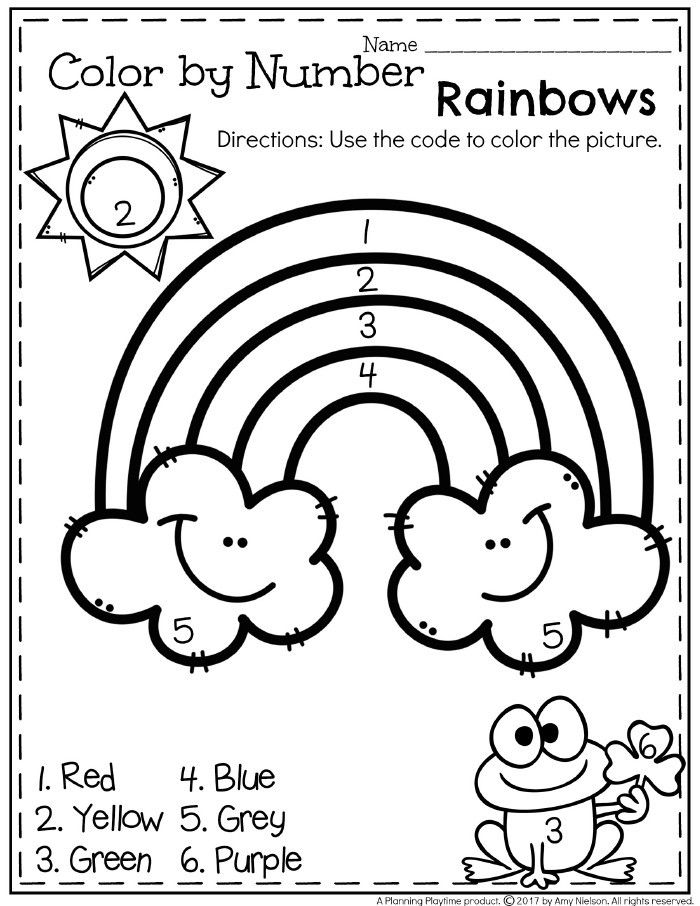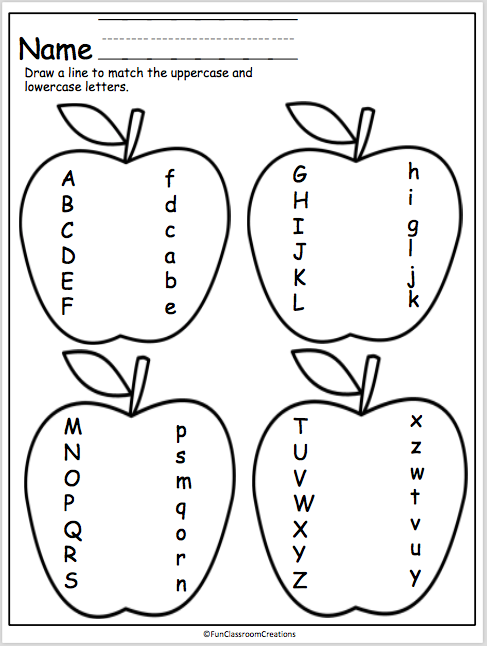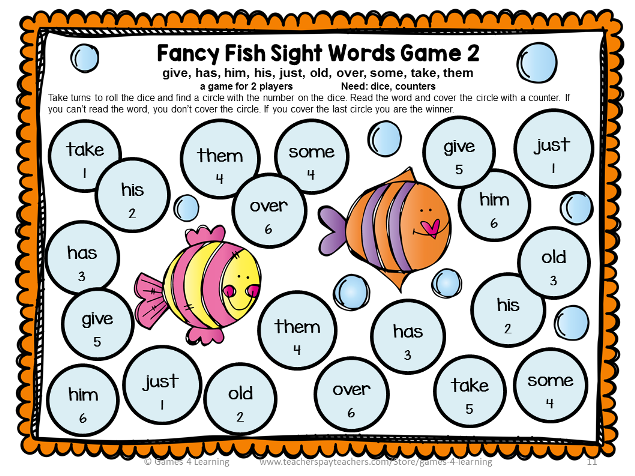How to teach maths for preschoolers
31 play-based ways to teach math to preschoolers
Play-based math lessons for children ages 0-5
Even before children reach preschool age, they start to develop their mathematical skills as they interact with — and learn from — the world around them. When the skills they learn relate to numbers and math, they're known as early math skills, which are the skills and concepts a child builds during the first few years of their life.
Sometimes, these skills can also be referred to as pre-math skills or early numeracy skills. Before children can get to what adults think of as math, like addition and subtraction, there are actually some steps to learning mathematical concepts they must satisfy in order to advance.
Babies: Math skills learned at 0-12 months old
- Babies begin to observe the shape, size, and color of objects between 0-4 months
- They can tell the difference between a picture that shows 2 things and a picture that shows 3 things (though they obviously can’t communicate it)
- They begin to predict things and might be surprised if something that typically happens twice happens three times
- Begins classifying objects, for example, toys that have sound and toys that don’t
- Develops an understanding of cause and effect (this is one reason babies like to throw food - they throw, you pick it up - cause & effect)
- Starts to understand relative size - for example you are bigger than they are
- Around nine months babies can start to tell the difference between groups of items that have different quantities, for example one group has 5 toys and one group has 10
- Starts to understand words that describe quantities, for example bigger, smaller, more
Children develop math skills from birth!
Toddlers: Math skills learned at 1-2 years old
- Toddlers begin to recognize and name numbers
- Learns to recite the numbers 1-10, though they may skip some numbers
- Develops an understanding that numbers represent quantity - for example when you hold up two fingers
- Matches and groups basic shapes
- Starts to understand words that describe measurements, for example faster, slower
- Develops interest in measurement, for example pouring into, and emptying, a cup
- Starts noticing patterns in their environment, including their daily routine and in things like wallpaper
Preschoolers: Math skills learned at 3-4 years old
- Further develops classification skills and compares things using groups, like age or height
- Understands that numerals stand for number names
- Notices shapes in their environment
- Counts up to 20 or beyond and can count numbers in a group
- Spatial awareness improves
- Begins predicting what will happen next based on their understanding of cause & effect
Play-based approaches are the best way to develop math skills in preschoolers.
Kindergarten: Math skills learned at 5-6 years old
- Learns to count on fingers, counting to five on one hand and starting with six on their other
- Recognizes numerals up to 20 or beyond
- Begins identifying the larger of two numbers
- Starts to understand broad time concepts like the days of the week
- Follows multi-step directions when instructed to do something first and next
How to teach math to preschoolers
Children learn best through play and learning math is no exception. But, you don’t need to spend hours setting up math lessons - there are play-based ways to incorporate math into almost everything you do. Remember, math skills go far beyond counting, addition, and subtraction. Math is problem solving, estimation, spatial relations, representation, patterns, and more.
31 Ways to teach preschoolers math
1. Board games
Board games are one of the easiest ways to teach preschoolers math. There are countless opportunities to count! Some of our favorites are Count Your Chickens, Hi Ho Cherry-O, and Hoot Owl Hoot.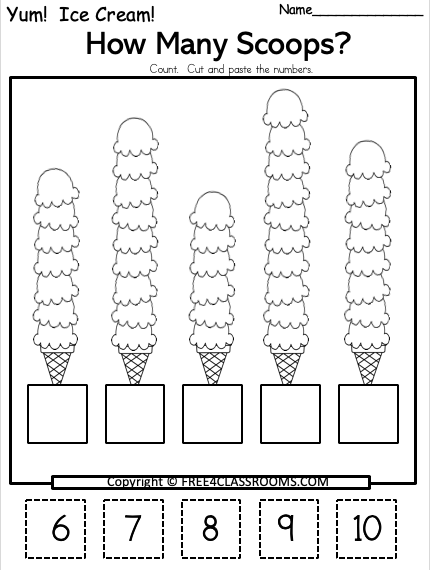
Preparing #Teachers to Teach #Math https://t.co/DnyohQ6N68 #earlyed #preschool #childcare #children #parenting #kids #investinkids pic.twitter.com/nQ76MZdwfC
— 4-C (@4cwisconsin) December 16, 2016
Board games, like Count Your Chickens, develop math skills like counting.
2. Card games
Grab a deck of cards and play Go Fish or Uno. Cards are filled with numbers, shapes, colors, and patterns. War is a super simple game to play to help preschoolers remember which numbers are bigger and which are smaller.
3. Memory matching games
Memory matching games are all opportunities to practice math skills, not just by matching, but when you count how many matches each person has. You can pick one up with your child’s favorite character or use a deck of cards you have on hand.
5. Building blocks
Basic building blocks are one of the best toys for play-based learning around and the possibilities to develop math skills are endless.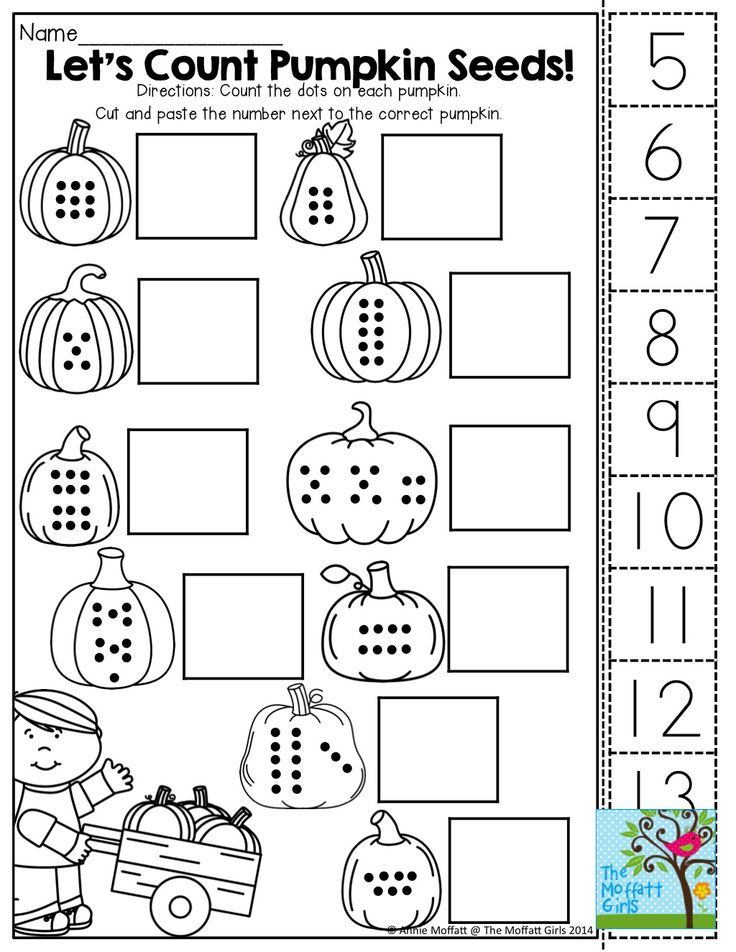 Break out the blocks and as they play, ask your child questions about shapes, the number of sides a block has, and how many blocks they can stack before their tower tumbles.
Break out the blocks and as they play, ask your child questions about shapes, the number of sides a block has, and how many blocks they can stack before their tower tumbles.
6. Read books
We think of books as a way to teach children to read, but there are many play-based ways to teach math using books. Books that have children finding hidden objects, like the I Spy series, are opportunities for counting and pattern recognition.
But, even books that aren’t activity focused provide chances to teach math skills to preschoolers. You can start by simply pointing out page numbers in books, which will help your child with number recognition and help them associate meaning behind the number. Ask your child to turn the page and tell you what the next page number is.
I Spy books are filled with riddles and help develop math skills in toddlers.
6. Find numbers in the environment
We’re surrounded by numbers, which means we’re also surrounded by opportunities for learning play-based math skills.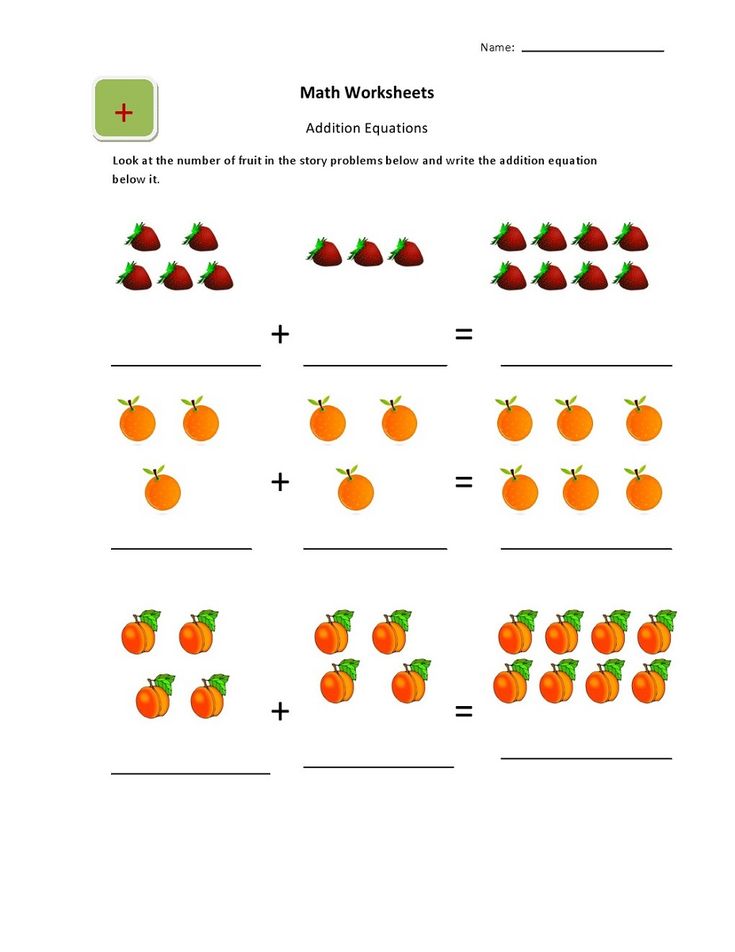 If you’re out and about, make a game out of finding numbers on signs, license plates, in the grocery store, and on clothing tags.
If you’re out and about, make a game out of finding numbers on signs, license plates, in the grocery store, and on clothing tags.
7. Sing counting songs
Music is such an important component of child development and is also a great tool to help preschoolers learn math! YouTube and Spotify have large collections of songs that help develop math skills in preschool children, or just ask Alexa! Songs and rhyming are long-used mnemonic devices to help aid in recall.
8. Set the table
Everyday chores can be fun when you create a math game out of it. Practice counting utensils, plates, napkins, and glasses. Plus, when you fill up your glasses (or drink from them) kids can develop an understanding of measurements.
Find everyday opportunities to incorporate play-based math into your child's day.
9. Play with stickers
Take the opportunity to create patterns and practice counting.
10.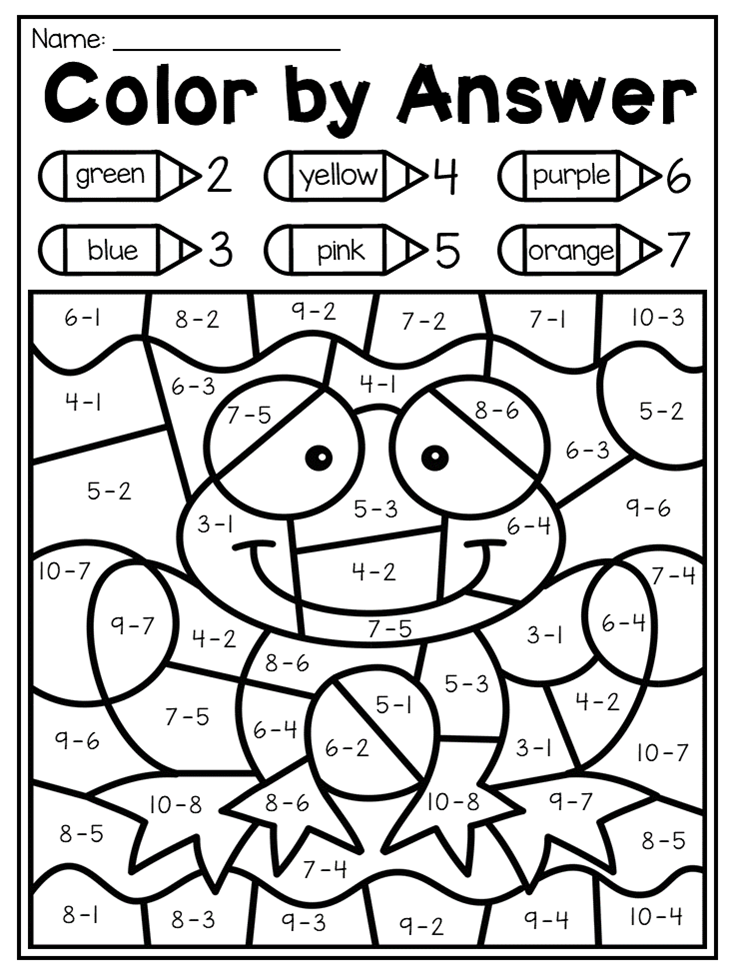 Bake cookies
Bake cookies
Baking and cooking are filled with opportunities to develop math skills. As a bonus, following a recipe helps children learn to connect written words to an action.
11. Online games
Most parents give their children screen time and nowadays, there are so many apps available that incorporate play-based learning, including math. It’s hard to know where to look and which ones are actually good. This list of 27 online educational games for kids is a great place to start, since it’s broken down by academic category as well as age.
12. Go shopping
Shopping can be a great time to introduce preschoolers to financial literacy, which is a key math skill. Pay in cash and have them help count the money.
13. Do a puzzle
Problem solving is one of the most important math skills a preschooler should develop and puzzles are all about problem solving.
14. Play hopscotch
Hopscotch is a numbers game.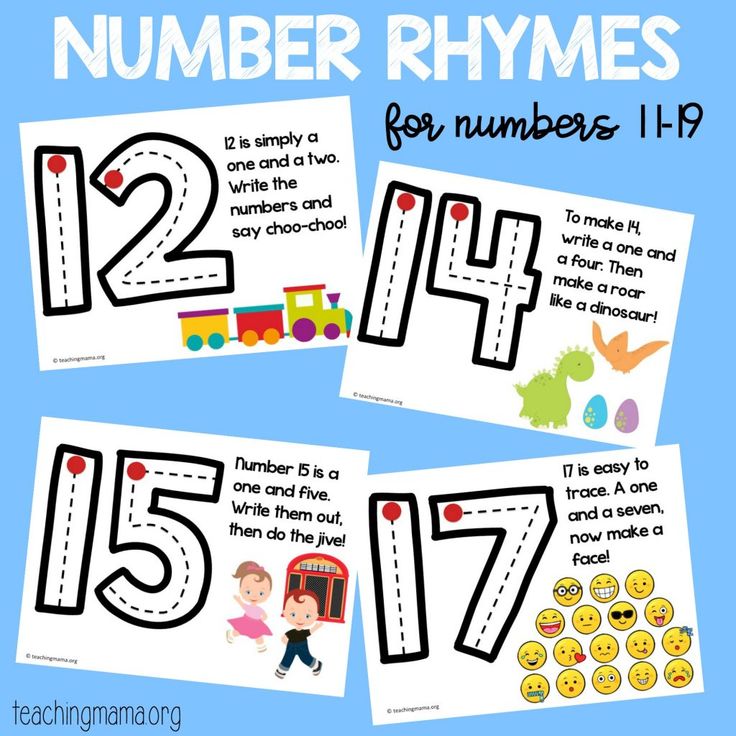 Grab sidewalk chalk and head outside or painter’s tape and create an indoor board on a rainy day.
Grab sidewalk chalk and head outside or painter’s tape and create an indoor board on a rainy day.
Hopscotch is a game of numbers and a fun play-based math lesson for children!
15. Mealtime math
Mealtime is a great time to teach math skills to preschool children. Who has more? Who has less? The glass is half full. How many chicken nuggets are on the plate? How many after you eat one?
16. Sort laundry
17. Dance
Is dancing math? Absolutely! Music uses an 8-count, which is a perfect time to practice math skills.
18. Hang up a growth chart
Math includes measurements and kids love to see how much they’ve grown. Pick one up that includes centimeters and inches and compare the two.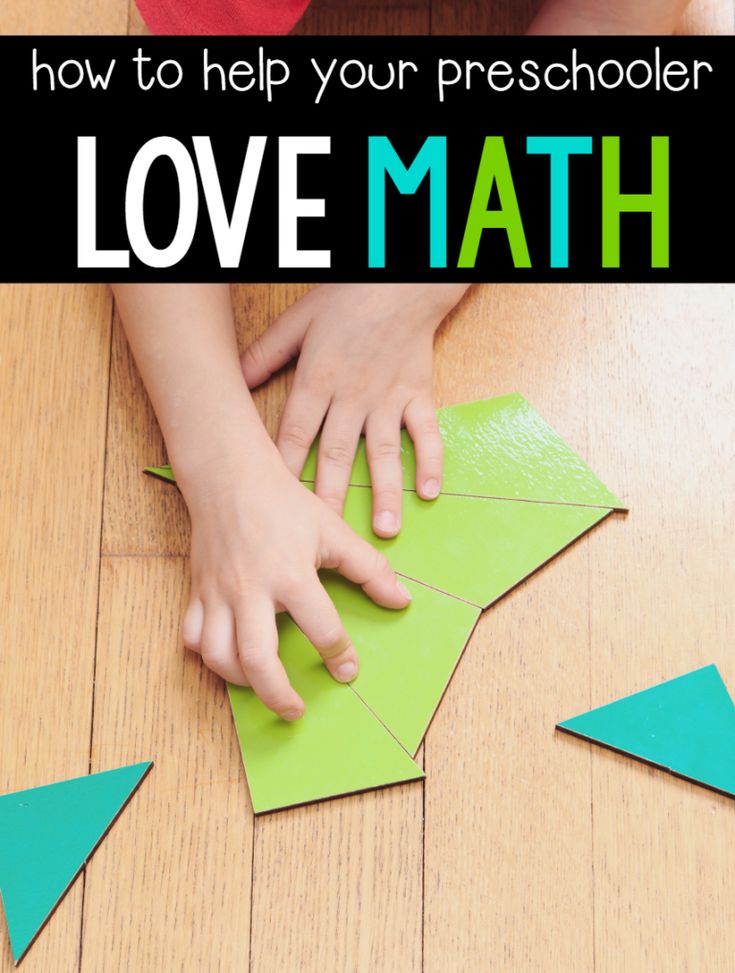
19. Play with tangrams
Tangrams are a super engaging way to help preschoolers learn math. Tangrams are a Chinese geometric puzzle that has seven pieces. The pieces can be rearranged to make other shapes.
Tangrams, like these from We Are Mom Friends, develop math skills like spatial relations and problem solving.
20. Shoot pool
You may have to grab a stool for your preschooler to stand on, but billiards is a math game filled with geometry.
21. Jump
Grab a tape measure and start jumping. You can help your preschooler work on math skills like height, distance, and measurement.
22. Hit the arcade
The arcade is filled with opportunities to practice math. Like billiards, games like pinball, air hockey, and skeeball are games of angles. Of course, checking your score is a math lesson. And if your local arcade gives tickets for prizes, there’s another chance to practice math.
23. Clean up together
Cleaning can be fun and a math lesson for your preschool-age child. Organize while you clean and help your child learn sorting and categorization.
24. Eat pizza
Pepperoni or cheese - it doesn’t matter. Eating pizza is a math lesson in shapes, fractions, and subtraction.
25. Pick flowers
Head outside and pick some flowers (or just look at them if you don’t want to disturb nature). Count the petals and compare different flowers for an easy math lesson.
26. Play dominoes
Every child loves knocking over dominoes. But, they’re also a great way to help teach preschooler math, including the dot patterns, counting, addition, and subtraction.
27. Build with legos
Legos offer so many opportunities to practice math, including counting, geometry, grouping, patterns, addition, and subtraction.
28. Take a walk
There’s no need to create elaborate projects when teaching math to your preschooler. Head out for a walk and find shapes in nature or create a scavenger hunt. Find 10 flowers, 9 trees, 8 insects…
Head out for a walk and find shapes in nature or create a scavenger hunt. Find 10 flowers, 9 trees, 8 insects…
29. Look at bugs
While you’re out on your walk, look for some bugs for a quick and easy math lesson. How many legs does an insect have? What about a spider? Which has more? How many dots on a ladybug?
30. Play with cars
Cars are a math lesson when you start counting tires and group them by size or color. Even more, racing cars is a math lesson too when you time them and compare speed.
31. Create a countdown
A holiday, birthday, or other big event is the perfect opportunity to practice math. Create a countdown to the big day and talk about how many days have passed since you started and how many you have left.
Make learning math fun
Remember, math goes well beyond counting and arithmetic. Take a play-based approach and look for simple opportunities to incorporate math lessons into your day. You’ll see your preschooler’s math skills develop in no time!
You’ll see your preschooler’s math skills develop in no time!
Have a favorite play-based way to teach math? Leave it in the comments below.
Paper Pinecone is the #1 most trusted childcare directory giving parents access to the best preschools and best daycares near you. Parents always search free and childcare providers always list free. Send inquiries about the best daycares and preschools to [email protected].
This post contains affiliate links.
How to Teach Maths to Preschoolers
- Share
Children start developing their mathematical skills while they are still babies exploring their environment and continue into their preschool years.
By the time they are learning formal mathematical concepts in the first grade, the foundation for success is already set.
Here are some tips for how to teach maths to preschoolers at school or at home by using hands-on activities and following a concrete-pictorial-abstract approach.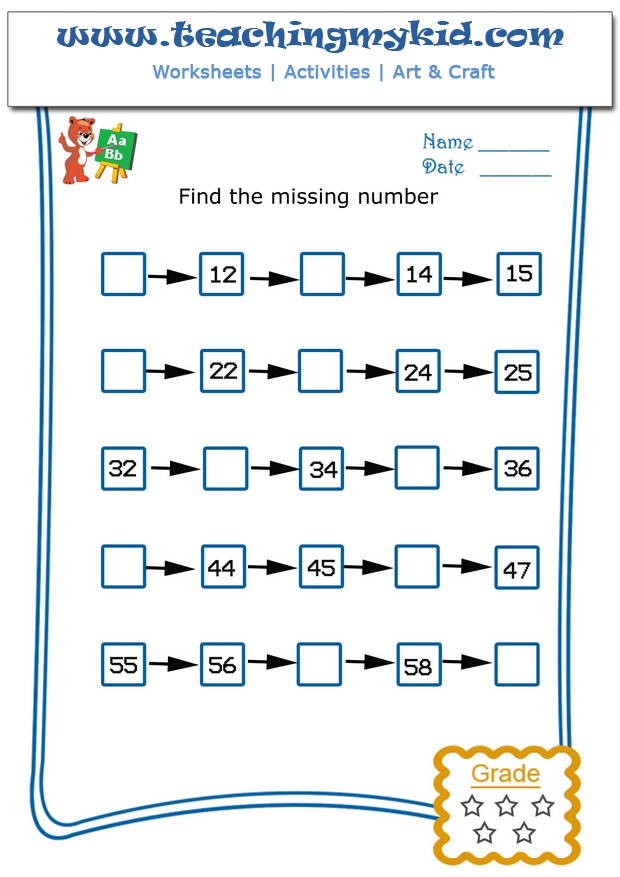
Early maths refers to the mathematical concepts and skills a child builds informally during the first few years. These are also called pre-maths skills or early numeracy skills.
It is essential to first develop these before trying to introduce maths concepts that are too advanced.
When introducing your child to maths, you may immediately think of numbers and start with counting, recognizing the numbers and adding or subtracting them.
While learning to count to 10 is fun for young kids, understanding the value of these numbers and what they represent is an advanced skill.
If you ask a very young child to count 5 objects by touching them one at a time, you might see them count the same object twice or skip over some.
It’s important to first understand how children learn mathematical concepts and then help them develop early mathematical skills.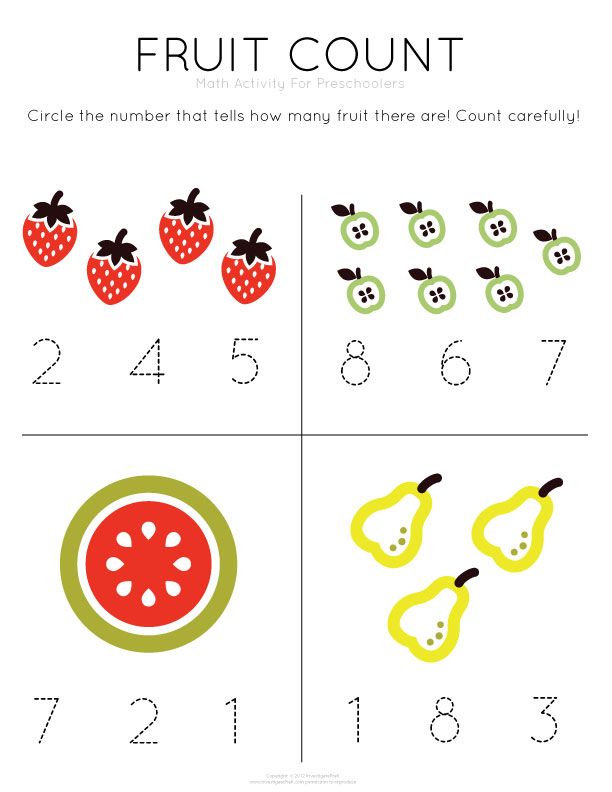
The three stages of learning any mathematical concept are concrete, pictorial and abstract.
The Concrete StageIn the concrete stage, children need to physically experience a concept. They need to develop an understanding of one item by holding one block.
By playing with concrete objects, children form the concept that there can be one object, multiple objects, less objects, more objects, etc.
Many mathematical processes are going on while children build a tower of blocks or make mud cakes in the sand pit. They learn concepts such as more, less, one more, not enough, how many, plenty, fewer, take away and add on.
Children compare objects and learn that a value can be attached to objects.
The Pictorial StageIn the pictorial stage, which follows the concrete stage, children are able to see a picture of objects and understand that it represents real objects.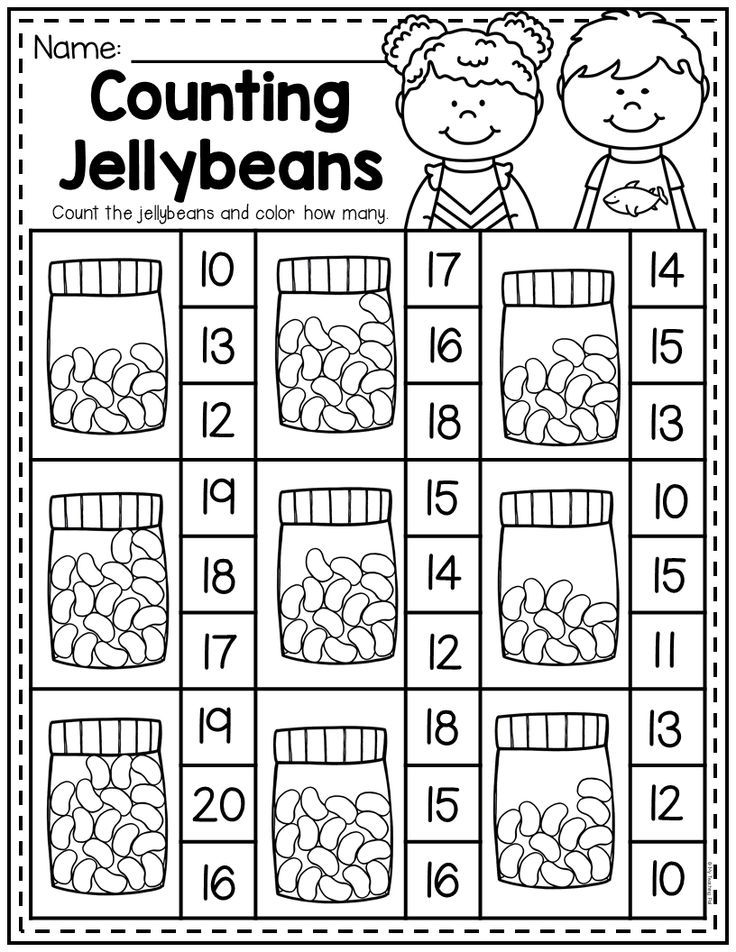
For example, a child can look at a picture and understand that the 4 leaves represent 4 actual leaves.
Later on, a child can see a dice with 4 dots on it and assign the value 4, knowing that the dots could hypothetically represent any object.
They would then be able to add the 4 dots on one dice to the 3 dots on another and say there are 7 dots altogether.
The Abstract StageThis is the final stage of understanding a mathematical concept. It means that a child can look at a sum, e.g. 4 + 3, written in number symbols, and add them without concrete objects or pictures.
The child has matured enough to understand that the symbols 4 and 3 represent a number of objects to be added.
This post contains affiliate links for educational products that I personally recommend. If you purchase through one of them, I earn a commission at no extra cost to you.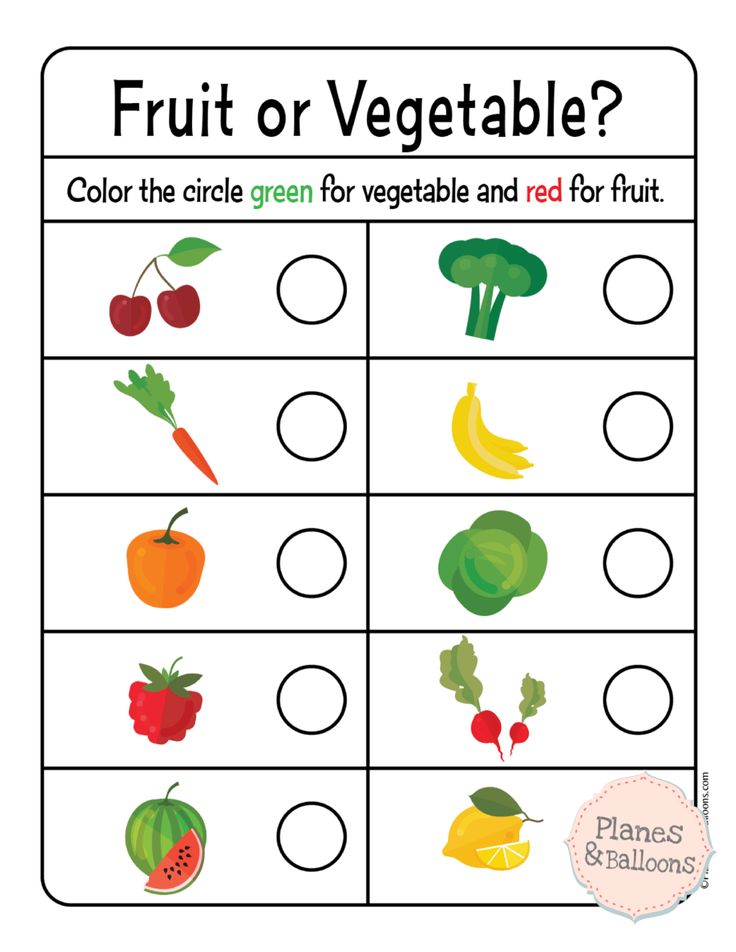 Read the terms and conditions for more details.
Read the terms and conditions for more details.
Preschoolers are mostly in the concrete stage.
In fact, up until the third or fourth grade, any teacher worth their salt will still introduce a new concept in a concrete way before moving on to books or worksheets with examples to solve.
When children understand a concept concretely, it is then much easier to solve abstract problems.
This means that in the preschool years, trying to push a child to count pictures of objects or understand the value of the number symbols is premature and will cause frustration.
You may want to expose your child to numbers (e.g. playing with wooden numbers like these or magnetic number tiles) or rhymes that teach counting, but do not expect your child to understand the value of these numbers yet.
How to Teach Maths to Your Preschooler: 15 Simple ActivitiesThe best method for teaching mathematics in early childhood is through their main medium of learning – play.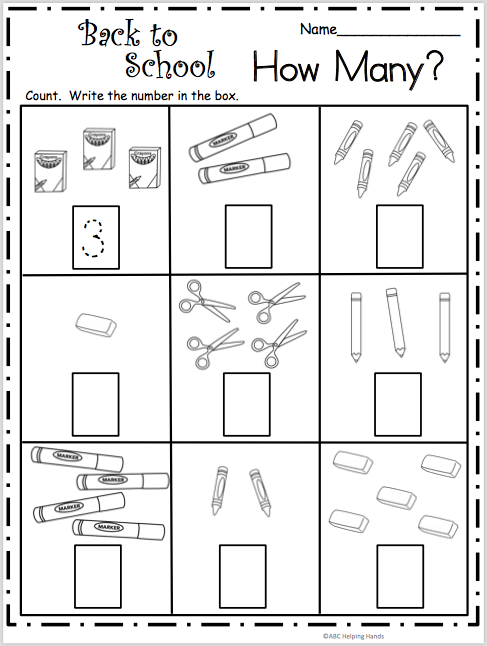
This means that during these early years children don’t need formal lessons, activity sheets and workbooks. Maths for preschoolers should be all about fun.
Here is a list of just a few basic everyday opportunities that double up as the perfect preschool maths activities.
1.
Play With ShapesPlaying with foam or wooden shapes familiarises your child with basic geometric shapes, as well as their properties. It teaches shape recognition.
2.
Make Shape PicturesCut basic shapes out of coloured paper and make a picture out of them. Children learn to join 2D shapes together to make different forms.
Tangrams (like these) are great for making pictures with shapes.
3.
Build PuzzlesPuzzles are excellent for developing visual perception and will build a child’s understanding of geometry.
Choose good quality wooden puzzles with a wooden tray.
4.
Play With PegboardsPegboards are another great activity for building maths skills in preschoolers. They develop number concepts and geometrical knowledge.
They develop number concepts and geometrical knowledge.
5.
Build FortsThis may not seem like a maths activity, but building forts and other structures and climbing inside them is the first step in a child learning about space and shape. These early play sessions are a must.
6.
Use ManipulativesThere are so many benefits of playing with blocks that children should have opportunities to play with blocks and all kinds of manipulatives daily.
Offer beads, counters and objects for loose parts play. There are also many benefits of Lego and other construction toys.
Playing with blocks is the first step in building a number concept and every child should have a good set of wooden blocks at home. This set is perfect for the classroom or home.
7.
Make Mud PiesWhen children play in the sandpit and make mud pies and other structures, they begin to use terms such as “I need to make another one,” “There are 3 cakes” or “I made one for each of us.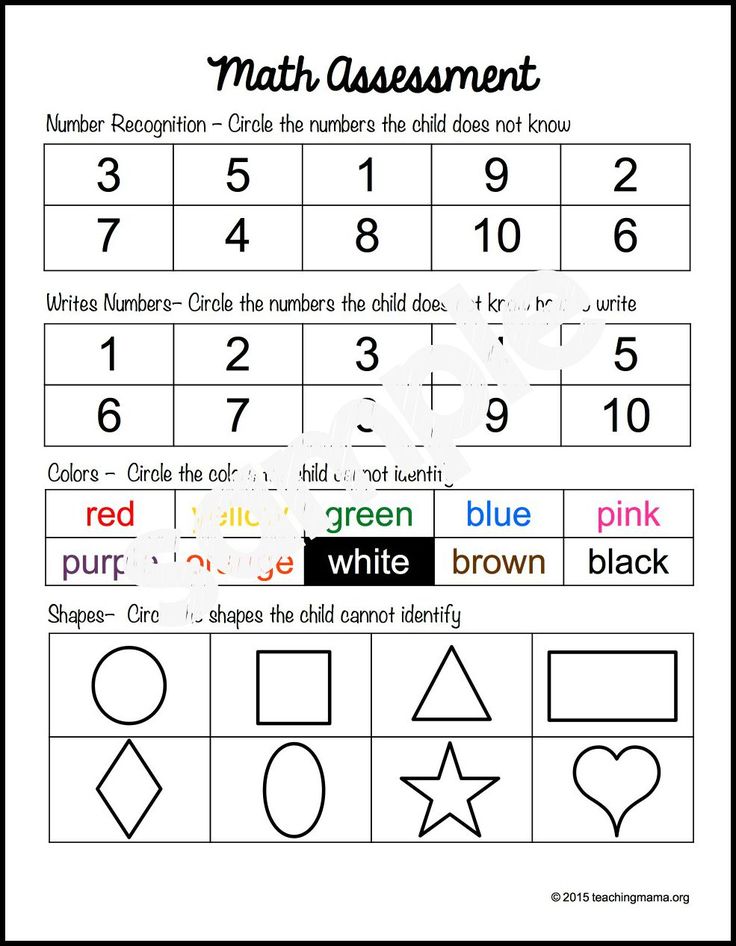 ”
”
8.
Learn Counting SongsCounting songs are a fun way for a young child to learn to count forwards and backwards. This is known as rote counting.
They also learn about increasing and decreasing quantity in songs such as Five Green Bottles.
9.
Play With NumbersLet your child play with foam, rubber, wooden or plastic numbers in the bath or on a magnetic board. Because they are physical objects, your child can touch them and feel their shapes.
This is far more meaningful to a young child than looking at numbers on an activity page. With time, they will naturally learn to recognize them and know how they are formed.
10.
Make Playdough NumbersPlaydough is one of the best substances out there, with some amazing benefits.
Get kids to mould the numbers out of playdough. This sensory activity will imprint the numbers in your child’s mind far quicker than trying to write the numbers on paper.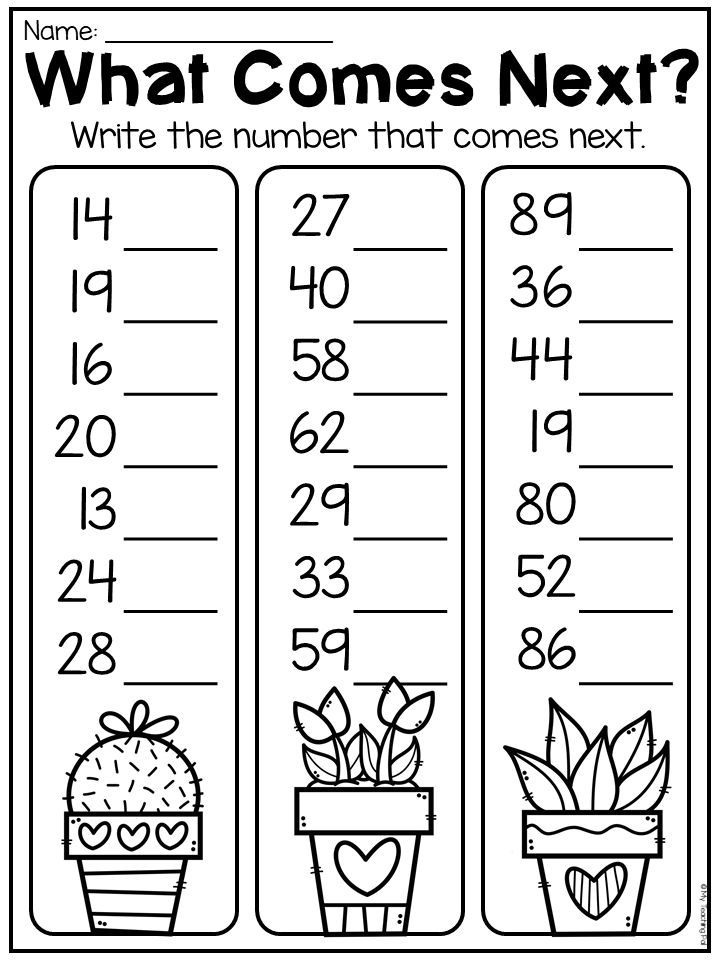
11.
Play With ContainersProvide containers of different sizes and shapes and let your child discover the basics of capacity while having fun in the bath or sandpit.
Baking is a great mathematical experience. Let your child be involved in measuring the ingredients to introduce them to units of measurement and quantities.
12.
Measure ObjectsAsk your child to measure certain objects – such as a book, table or room – using body parts like hands or feet, and later objects, such as a block or book.
Children must first learn to measure length using non-standard items before they can be introduced to standard measurements.
13.
Talk About TimeFind opportunities daily to talk about time. Use the daily routine as a starting point.
Discuss concepts such as the time of day (morning, afternoon) as well as clock time (“I’ll pick you up at 12 ‘o clock after storytime”).
14.
Play With ObjectsGive kids different objects and ask them to feel which are heavy or light and to compare the weight of different objects.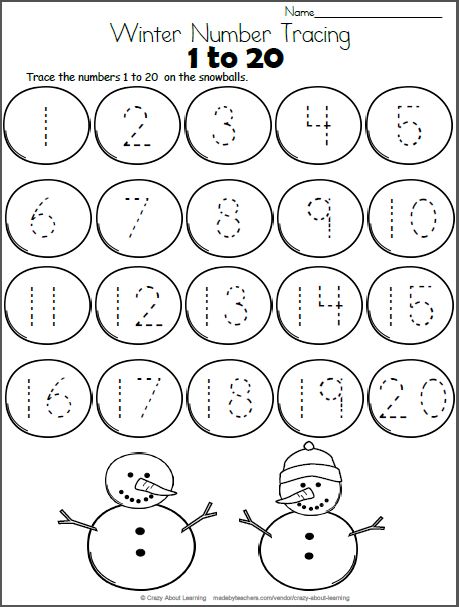
Use a balancing scale (or make one) and place various household items on it.
15.
Problem SolveProblem solving can be the most, um… problematic, of all the maths tasks! Children in the grades often struggle to visualize problems and what they actually mean.
They often resort to guessing operations (e.g. it says more so I should add) without having any idea what the problem is actually about and how, when visualized, the solution is usually so logical.
The best way to prepare children for problem solving is to give non-stop opportunities to actually solve real problems.
Encourage children to develop critical thinking skills.
You don’t necessarily need to be giving mathematical problems, just general problems that require training the brain to think, and think outside the box.
Allow many opportunities to:
- Build puzzles
- Solve brainteasers such as tangram puzzles
- Solve riddles
- Play games that require thinking
- Play with construction toys (e.
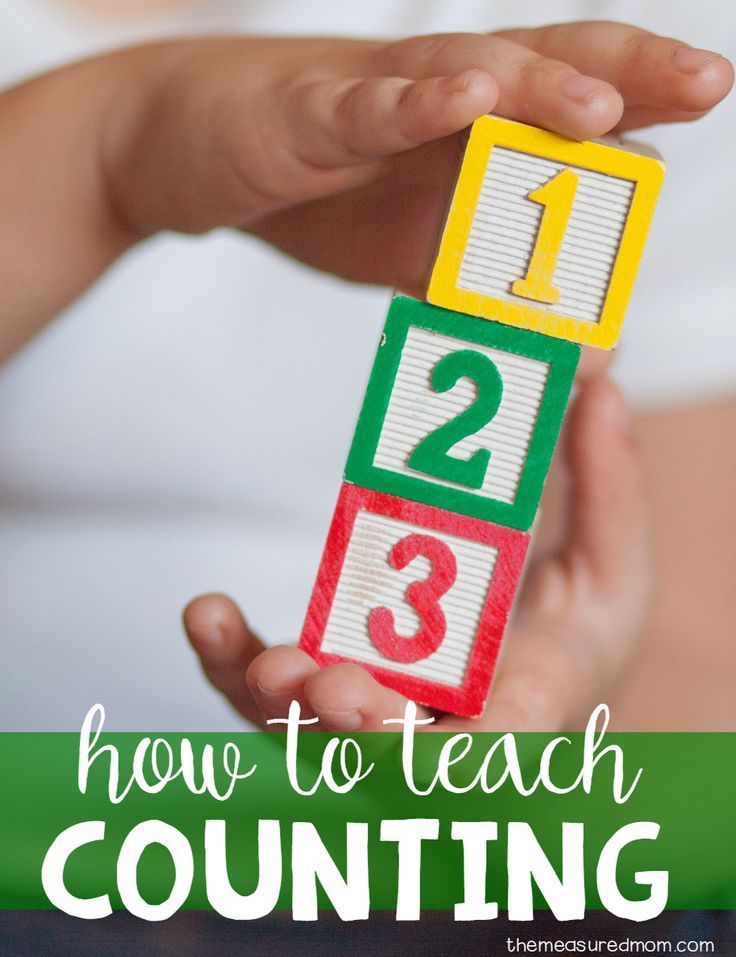 g. figuring out how to make a bridge that doesn’t fall)
g. figuring out how to make a bridge that doesn’t fall) - Discuss problems and solutions during storytime
- Ask children for solutions to everyday problems
As you can see, most play experiences have hidden opportunities for learning maths.
Learn to recognize them and use them to consciously teach certain skills. Remember to introduce new vocabulary and ask questions constantly during play.
Introduce words such as: heavier, lighter, longer, shorter, earlier, later, more, less, more than, less than, fewer, extra, not enough, altogether, left, another, full, empty, matching, same, different.
I hope you’ve enjoyed reading this article and have some new ideas to try.
Get FREE access to Printable Puzzles, Stories, Activity Packs and more!
Join Empowered Parents + and you’ll receive a downloadable set of printable puzzles, games and short stories, as well as the Learning Through Play Activity Pack which includes an entire year of activities for 3 to 6-year-olds.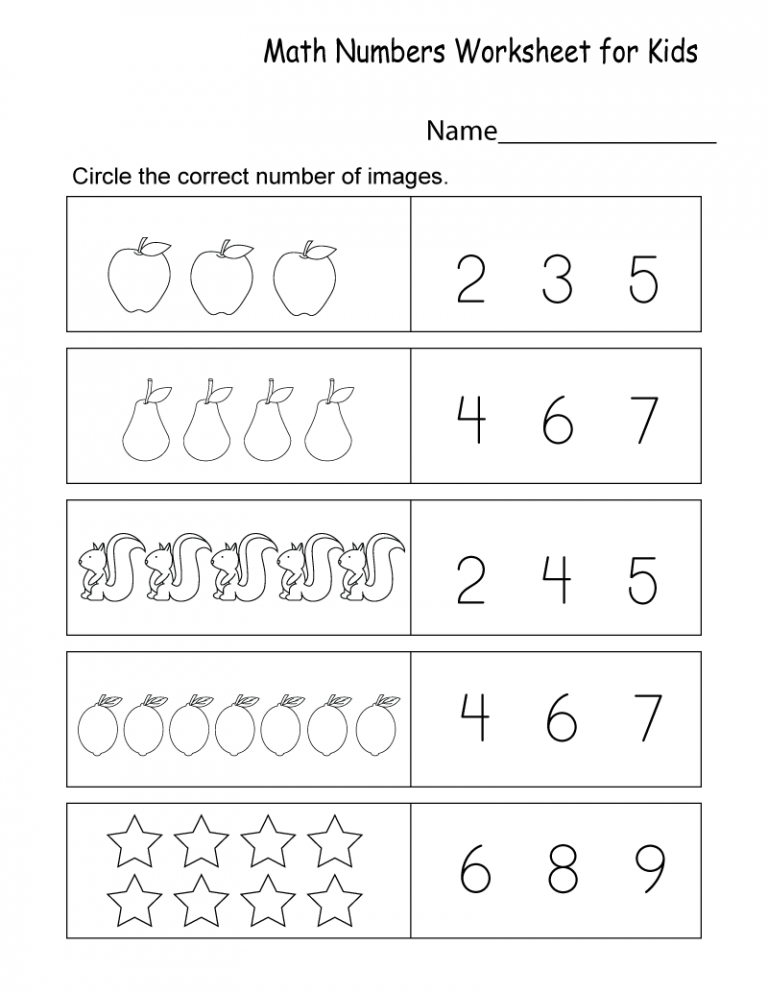
Access is free forever.
Signing up for a free Grow account is fast and easy and will allow you to bookmark articles to read later, on this website as well as many websites worldwide that use Grow.
- Share
How to teach mathematics to young children. And is it necessary? Often parents do not fully understand when and what it is time to do with their children. And when a child at the age of one and a half or two is told: “Come on, baby, we will learn letters and numbers” - this is not for age. And what about age? How to do math with the little ones?
1. Play. Many
Play is a natural state for young children and their main activity, including cognitive. In the game, information is best absorbed and skills are mastered. If you want your child to understand something, play it with him. The language of the game is the most understandable language for children.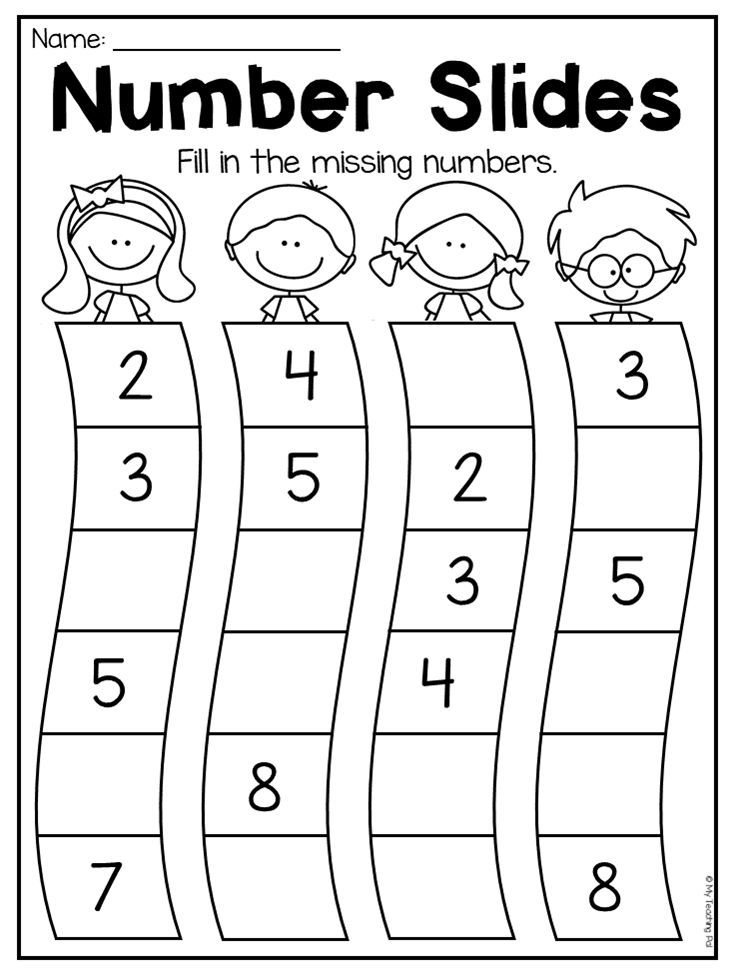
2. Translate everything into body language
Everything that we do with the child should be passed through his body. Through the game and through the body.
In our classes with kids, we translate everything into some movements understandable to the child. Wave with one hand, wave with both hands. Stand on one foot, pat one knee, hide one knee, hide two knees. Hide one ear. How many fingers I raised - knock so many times. How many times I say meow, so many times jump. How many times I clapped, take so many steps.
We translate one movement into another, and then we begin to translate them into quantity. We speak to the child in the language of the body of the child - the language he understands.
3. No abstractions
four-five-..." and so on. But this is not yet an account.
Right. Draw some line and say: “here I have 1, here I have 10, here I have 20, show me where 15 is.” And when he counts, then he will know where 15 is.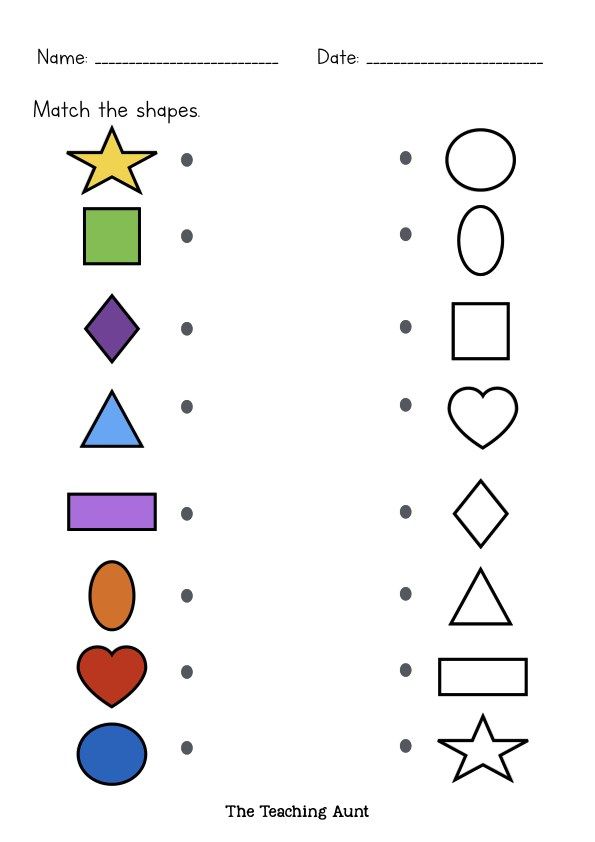 And until he goes through all the steps in order, he does not know.
And until he goes through all the steps in order, he does not know.
What do we do when we work with preschoolers in our math clubs?
- First, we advise parents not to rush into counting.
- Secondly, we make maximum use of various counting materials. Everything that we count, we must count on some objects.
Example. For four-year-olds, for example, playing with counting beads is like magic or a trick in a circus. You can put any beads on a string - five of one color, five of another. This is quite enough for a small child. And then you squeeze a few beads in the middle into a fist: “How many beads have I hidden now? What colour?". And then the child says: "Let me guess for you, and you guess." He thinks to me, and I look and say - yeah, you hid one blue and two red ones. The child opens his palm - and indeed, one is blue and one is red!
We use everything: counting sticks, counting cubes and just cubes, numikon and its Russian analogue, which is called "Alice", count on the fingers (we definitely count on the fingers!) .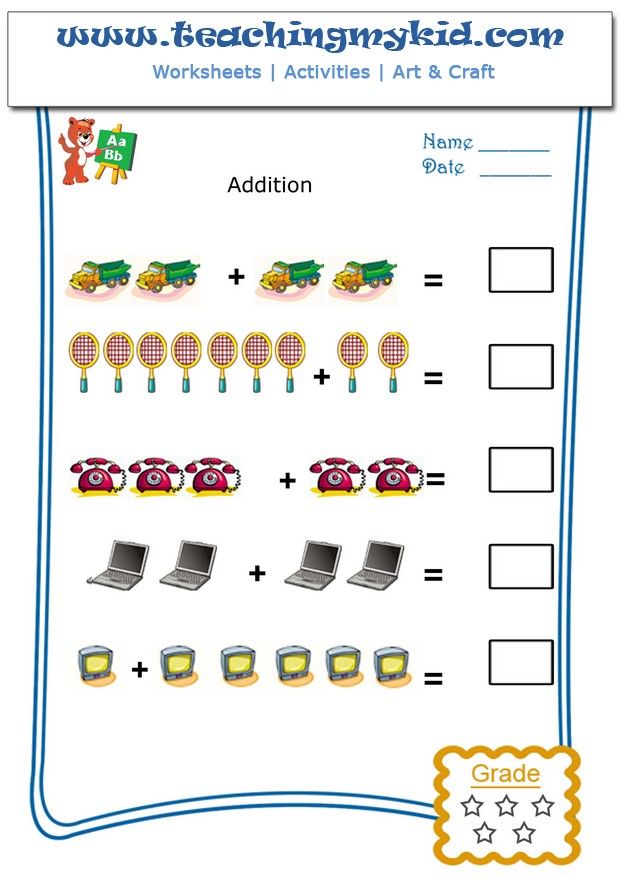 .. When the children are all these 1-2-3-4 -5 touch them with their fingers, shift them from hand to hand or from bunch to bunch, they will begin to understand them.
.. When the children are all these 1-2-3-4 -5 touch them with their fingers, shift them from hand to hand or from bunch to bunch, they will begin to understand them.
4. Choose, compare, do the same...
In fact, these are logical tasks. Identification of similarities, differences, patterns. And children cope with them, and do them with passion and very diligently.
For very young children (2-3 years old), we ask you to arrange the cubes: red ones on a red plate, blue ones on a blue one. It happens that children do not yet know what word what color is called, but they cope with the task.
Everyone coped, you can move on. Here I will put a turret of three cubes, you put the same one. Many children say: "No, I'll add this, and you repeat it." Also good. In this version, you can make a small mistake and ask the child: “I definitely did it, how did you do it? And look carefully? Or maybe this cube needs to be moved to the edge? Or turn the triangular cube the other side?
5.
 Speak
Speak What other tower can be built from the same three cubes? Yes, a triangular cube on the side, not just on top. And now - another one, similar to the first one, but it has a cube on the edge. And we voice everything we do. Because without speech, we will not move anywhere. On, above, below, in the middle, on the edge... This is important, this is spatial thinking.
With children from four years old, you can build according to schemes, from five years old, you can sketch what you have built in the cells.
Lessons with toddlers (2-4 years old) should be playful! Everything that the child learns, he must beat, as well as feel with his body and touch with his own hands. The time for abstract concepts will come later. Now the child should play, move, talk and touch!
Photo: Shutterstock (pan_kung)
How to get kids excited about math. Advises Lyudmila Peterson
Mathematics "according to Peterson" is widely known not only in Russia.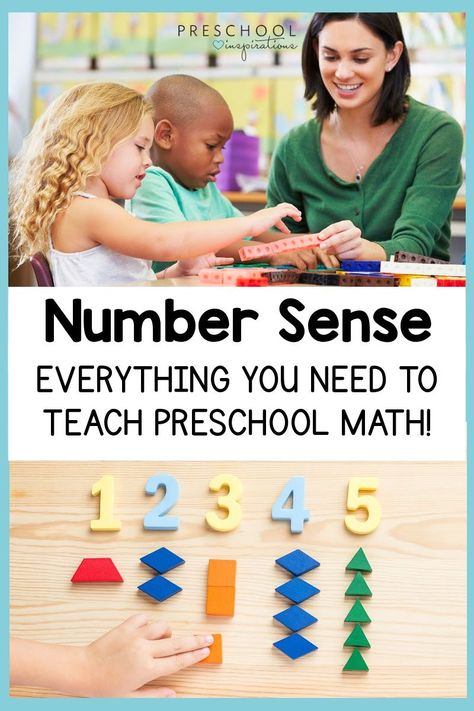 In December 2018, Lyudmila Georgievna's textbook for elementary and basic schools successfully passed all the necessary examinations and, at the numerous requests of teachers and parents, returned to the federal list again. At the beginning of the school year, we asked her to tell us how to help a child with mathematics, how to get adults interested in it, and why it is important for children to feel their success.
In December 2018, Lyudmila Georgievna's textbook for elementary and basic schools successfully passed all the necessary examinations and, at the numerous requests of teachers and parents, returned to the federal list again. At the beginning of the school year, we asked her to tell us how to help a child with mathematics, how to get adults interested in it, and why it is important for children to feel their success.
How to get a child interested in mathematics if teaching at school is mediocre?
First, let's make a reservation that "mediocre teaching" is a very conditional term. All parents and teachers have a different idea of what it should be. But in general, I understand what you mean: let's say a child comes from school with dull eyes, and at the very word "mathematics" he develops a persistent disgust.
Let's try to understand why children cannot be torn away, for example, from computers, in contrast to the study of mathematics. What attracts them so much in computer games? It seems to me that several factors are at work:
- they are not forced to play;
- do not scold in case of failure;
- children understand the goal (to score a goal, overcome an obstacle), it is significant for them, and they achieve it themselves;
- they are interested in content, design;
- achievements are necessarily recorded (points, levels), which feeds the feeling of victory;
- the results of the game are significant for peers, and thus the child's need for recognition is satisfied.
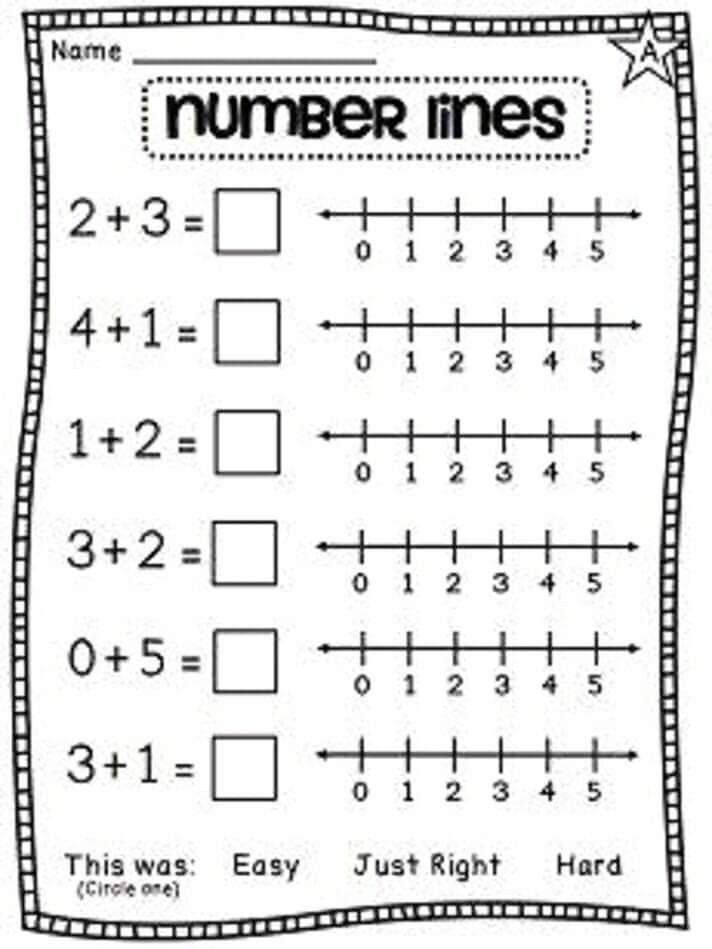
This set of factors sufficiently provides the mechanism of motivation "necessary" - "want" - "can". To interest a child in mathematics, you can act by analogy.
Ludmila Peterson1. The main thing is not to force, but to inspire
The desire to engage in any business arises only in an atmosphere of mutual respect, trust and goodwill. Without close relationships with children, parents can do little to help them other than buying food, clothes, and stationery.
It is very important to understand what exactly makes a child unwilling to study. This requires a calm, nonjudgmental conversation. The child must be sure that you are asking him not to evaluate or give instruction, but to help him cope with what is not working yet.
Give him a chance to talk. Think together about the reasons why math has become an unloved subject. It is always easier to attribute everything to “mediocre teaching” or to something else external that does not require work on oneself.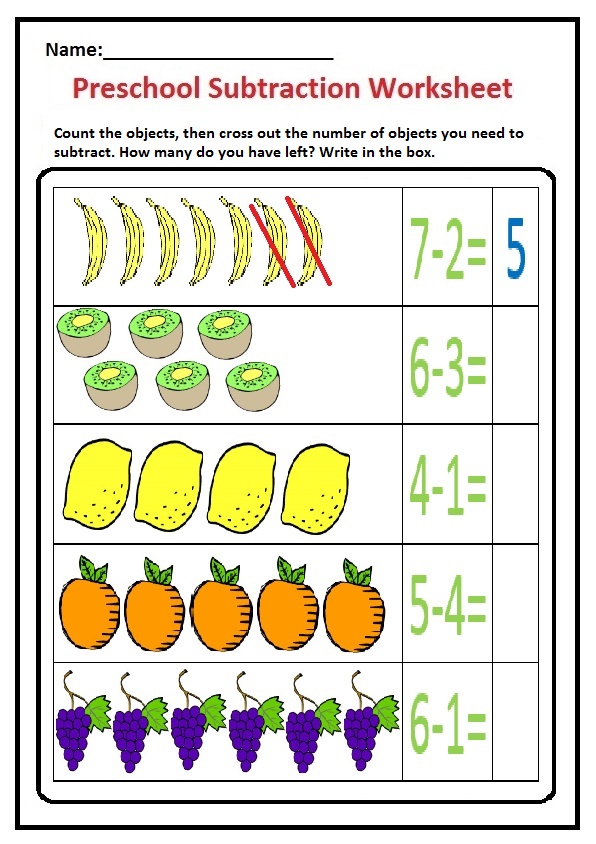 But this will not help solve the problem, rather the opposite. To inspire a child to work on himself, you need to sincerely believe in him and not get tired of repeating that he will succeed.
But this will not help solve the problem, rather the opposite. To inspire a child to work on himself, you need to sincerely believe in him and not get tired of repeating that he will succeed.
2. Do not scold your child for mistakes and poor grades
This does not mean remaining indifferent to its results. On the contrary, an adequate reaction of parents to failure is empathy and complicity: "Let's figure out what has not worked out so far." It is not notation that helps to move forward, but awareness of one's problems.
Each child develops at an individual pace, so it is not the result that matters, but the dynamics relative to oneself.
Any effort is already a small victory. A job well done is one more step. It turned out that it didn’t work before - the next
It is very important to notice and fix any forward movement, even the smallest one. Then the child will feel that he is not accused, his parents are on the same side with him, they are his friends and support.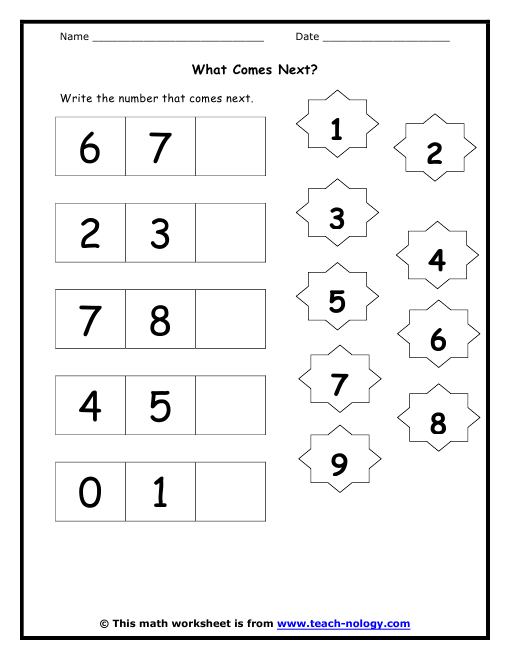
3. Help to achieve the goal
The child's awareness of what is not yet achieved will help lead him to a new goal. In studies, it is always to find out what he “does not know” yet, to learn what he “does not know” yet. That is why it is so important to understand what specifically causes difficulties. Let me give you an example of an introductory dialogue. Suppose he says that he understands nothing about mathematics.
— Nothing at all? Let's look through the textbook, notebook.
— Are you able to do such tasks? What about those?
When examining a textbook together with a child, you need to show the simplest tasks first, then the more difficult ones. And so on until the really incomprehensible comes across. Next, we need to think together how to carry out such tasks.
— Excellent! You figured out what you need to learn (goal). Now let's think about how this can be done?
It is important to let the child speak out, to listen to his options, to suggest the possibilities that he did not name.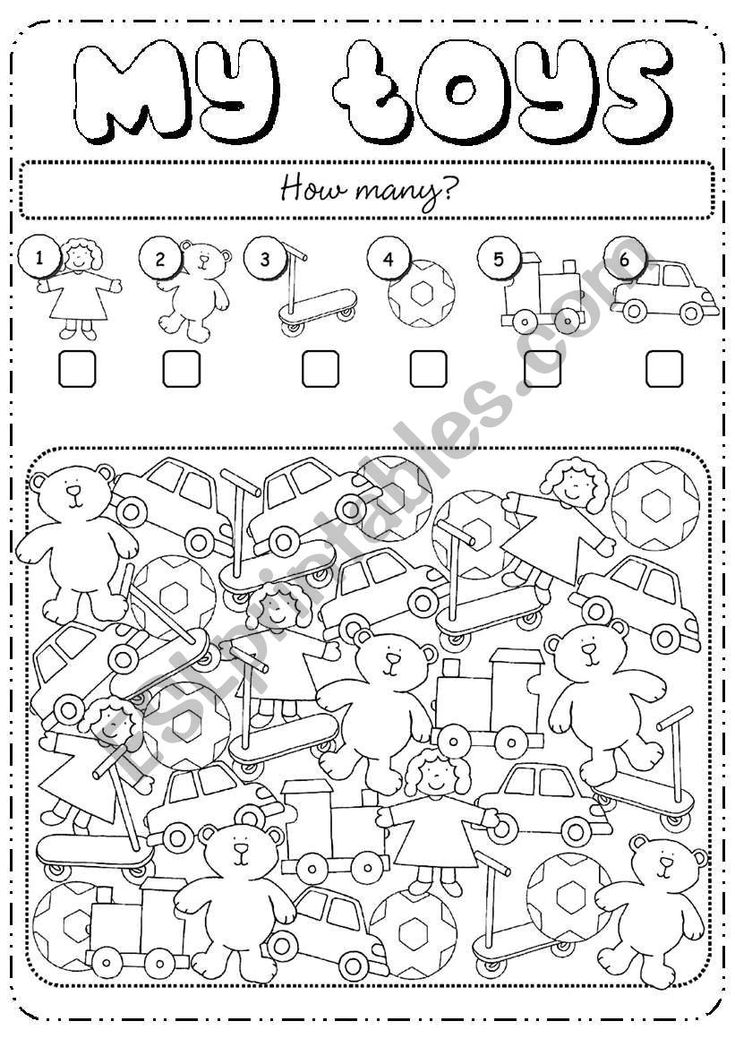 There may be many of them. For example, approach a teacher, ask a friend or older sister, figure it out from a textbook on your own or with you.
There may be many of them. For example, approach a teacher, ask a friend or older sister, figure it out from a textbook on your own or with you.
The main thing is to outline an action plan and bring it to a successful result. Let the child believe in himself, be sure to pay attention to what happened: “That’s cool, but you said you don’t know how!”
4. Maintain interest
Of course, it is useful to involve a child of any age and any level of training in solving game and non-standard tasks. It's always better to start small. Throw up a problem that he will definitely cope with, and then another one, more difficult.
Now on the Internet you can find a huge number of interesting tasks of any complexity, not limited, of course, only to our textbook. For example, the wonderful books by Y. Perelman "Entertaining Mathematics", "Funny Problems", "Quick Counting", "Live Mathematics"; B. Kordemsky "Mathematical ingenuity"; A. Kalinina, E. Katz, A. Tilipman "Mathematics is in your hands", cartoon problems from TED and many others.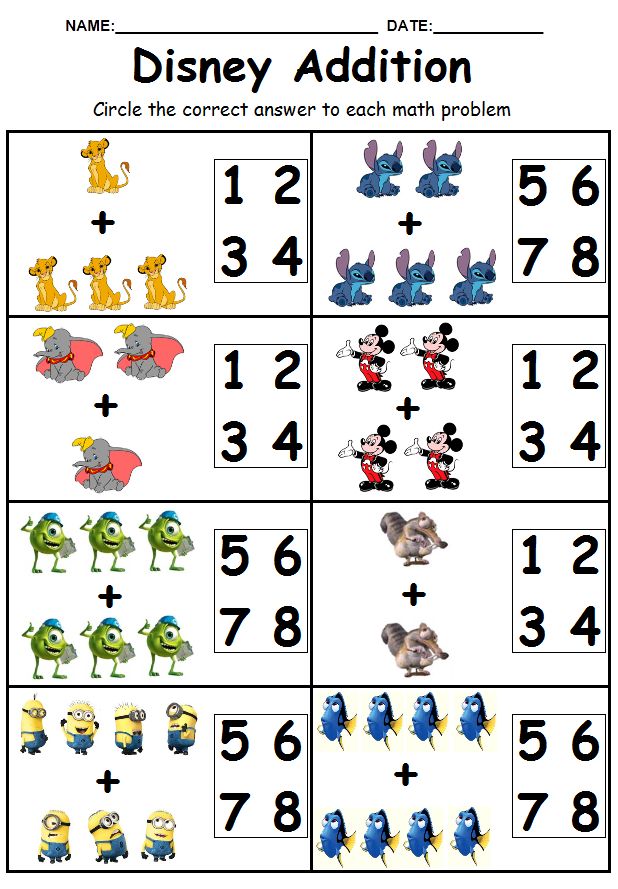
Don't rush, don't chuckle if he gives a wrong answer. Admire his achievements: “Wow, but I didn’t guess! Great!"
If a child's eyes light up when he talks about a problem that he could solve, then he is ready to set higher goals - first participation, and then victory in various mathematical Olympiads. Now, in addition to the All-Russian Olympiad for schoolchildren, there are many, full-time and online. The main thing is to make sure that interest does not disappear, and that the level and pace are feasible for him.
5. Notice and fix the situation of success
A child will always strive only for what he succeeds. We all, like water for life, need a situation of success. The teacher Vasily Sukhomlinsky wrote: "The child draws moral strength to overcome his weaknesses in his successes."
At the same time, success is not directly related to grades. For example, you can get an A for writing off work. There is nothing to rejoice. And you can, with effort, reach the top three - this is a real victory! Her formula: "difficulty - effort in overcoming it - success.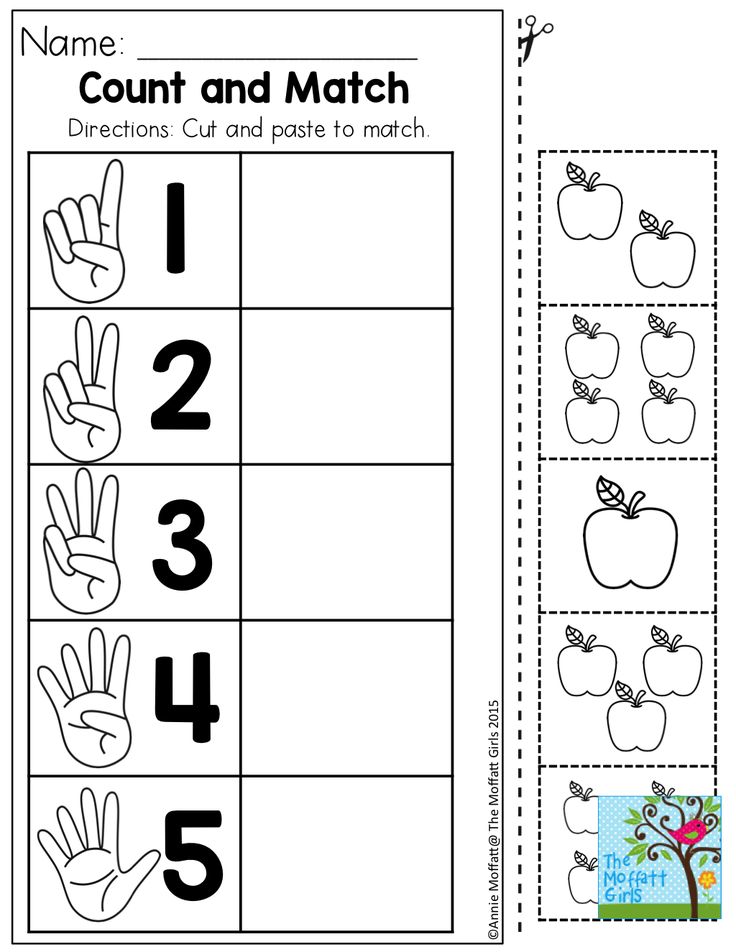 " The greater the effort, the happier the victory.
" The greater the effort, the happier the victory.
Adults often praise a child only for grades. It seems to me that it is much more important to observe his efforts, dynamics, achievement of goals and share the joy of victories with him.
6. Make victories meaningful family events
The need for recognition and respect from others is one of the basic needs of any person. Recognition gives rise to self-confidence, the desire to achieve a result that is significant for others.
That is why the family's attention to success is so important. Tell your grandparents about your child's victories. Remember and rejoice during a family dinner or on a walk. By doing this, you will not only support the desire to do mathematics, but also help your child develop self-respect.
These simple rules are just some model that does no harm to follow. Of course, it is important that mathematics be interesting to the parent himself: the more useful it will be, the more he is passionate about it.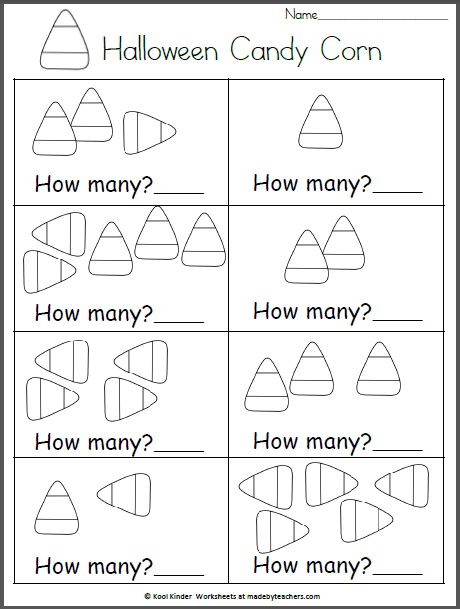 After all, you can hardly be carried away by something that you yourself are not interested in.
After all, you can hardly be carried away by something that you yourself are not interested in.
What should adults do who did not like mathematics at school, but now they understand that they missed something important? Where to begin?
Now there are more and more such adults. Recently, I came across a book by Nelly Litvak, professor of mathematics at the University of Twente in Holland, in collaboration with Alla Kechedzhan, "Mathematics for Hopeless Humanities", which was born as a response to this request from adults. The authors, having learned how many readers the book has, created a Facebook group for them called "Mathematics - Great and Terrible". Now it has tens of thousands of members and is constantly growing.
Nelly Litvak and Alla Kechedzhan’s book “Mathematics for Hopeless Humanities” was published by AST in 2019 This is just one example, but many other excellent books can be recommended. For example, “The Great Novel about Mathematics. The history of the world through the prism of mathematics" Mikael Lone.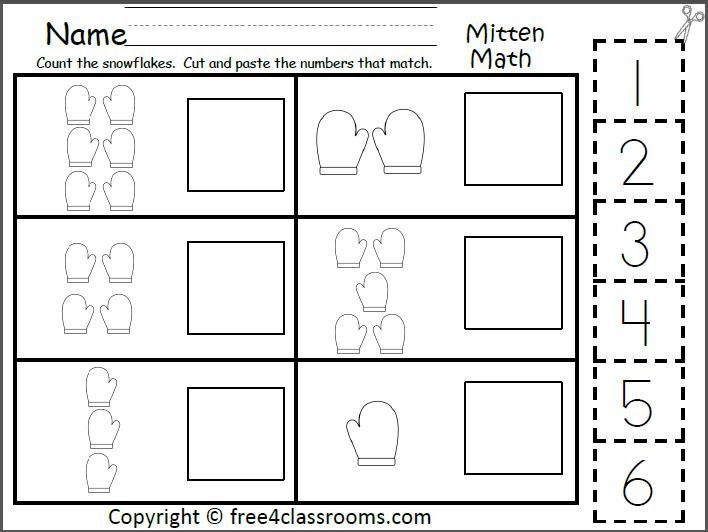 This book is part of the "Pleasure of Science" series and helps to understand how interesting and exciting mathematics is. The author tells about the history of this science from antiquity to the present day and about what it will become in tens, hundreds of years.
This book is part of the "Pleasure of Science" series and helps to understand how interesting and exciting mathematics is. The author tells about the history of this science from antiquity to the present day and about what it will become in tens, hundreds of years.
There are also many fascinating videos and films of various genres that inspire the study of mathematics. For example, the videos "We and Math", "Nature in Numbers", the films "The Great Secret of Mathematics", "Proof", "Good Will Hunting", "Sensual Math", "X + Y", "Professor's Favorite Equation", " The Man Who Knew Infinity", "Secret Sign", "Sofya Kovalevskaya", "Twenty One", "The Big Short Game", "Stephen Hawking's Universe", "Infinity", "Agora", "Pi", "Math and the Devil ”,“ I.Q. ”,“ Mind Games ”.
There are many lectures and comprehensive math courses for adults on the Internet, including free ones. In a couple of hours, everyone can build their own trajectory of mathematical development. The best scenario is to study it together with children, discover new mathematical concepts and formulas with them, solve interesting problems, joke and enjoy success. And the main thing is to communicate with them and do a common thing, for which parents often do not have enough time today and what children need so much.
In a couple of hours, everyone can build their own trajectory of mathematical development. The best scenario is to study it together with children, discover new mathematical concepts and formulas with them, solve interesting problems, joke and enjoy success. And the main thing is to communicate with them and do a common thing, for which parents often do not have enough time today and what children need so much.
In 2019year, your benefits returned to the federal list of textbooks. What has changed for you since that moment and what are your plans for the new academic year?
The return of the textbooks to the FPU, no doubt, removed the gigantic problem that prevented the work of thousands of schools and kindergartens. Not only because teachers can use textbooks again without any problems. The main thing is that justice has been restored in relation to brilliant teachers who have prepared more than one generation of successful and talented children over the years.
As always, we have a lot of plans.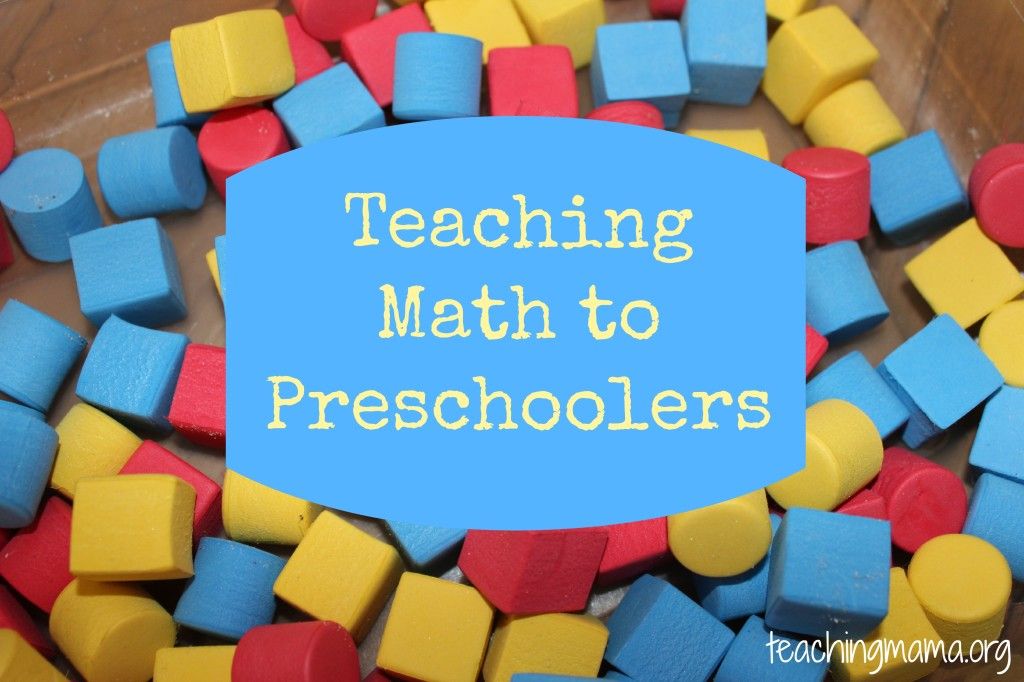 For all teachers working on our continuous mathematics course "Learning to Learn", there will be free monthly online consultations for all classes.
For all teachers working on our continuous mathematics course "Learning to Learn", there will be free monthly online consultations for all classes.
In September, we are planning to launch the Smart Solver project. This is an online educational platform where children and parents can not only find ready-made solutions to the tasks of our course, but also independently understand the causes of difficulties associated with solving certain problems.
We continue the work of the Federal Innovation Platform and the All-Russian Research Project, which today brings together more than four thousand leaders in their regions. This year, the All-Russian project became international. Within these platforms, we develop and test new directions for solving problems that concern everyone today: how to systematically and effectively form the ability to learn, how to measure and evaluate meta-subject results of education, how to transfer schools with so-called low learning outcomes for children, the system of Olympiad training in mathematics from 1st to 9thth class.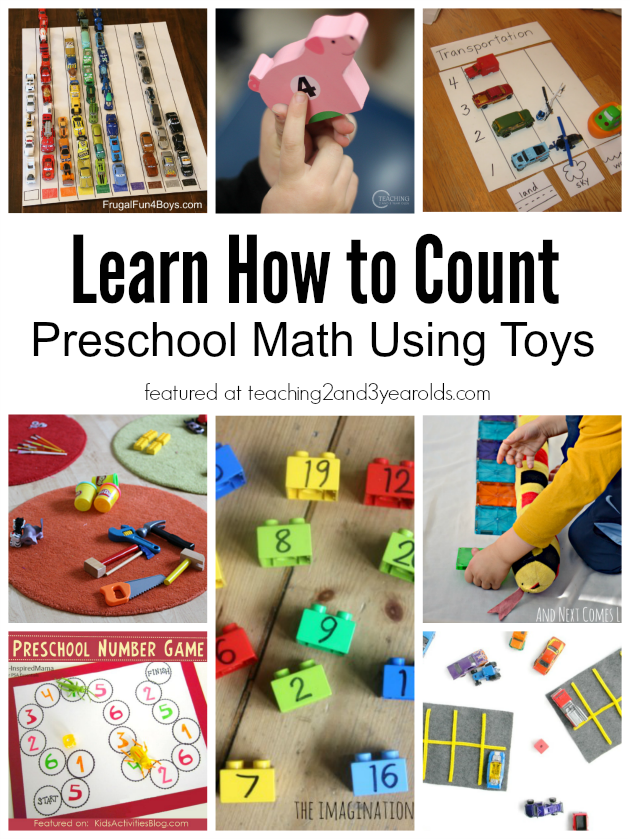 We are looking for answers to these and other questions: we create educational programs and technologies, test them in schools and kindergartens.
We are looking for answers to these and other questions: we create educational programs and technologies, test them in schools and kindergartens.
Each student in our "Children's Academy" undergoes a comprehensive monitoring of aptitudes, according to the results of which our specialists, together with the child himself and his parents, draw up an individual route of his education. Classes at the "Children's Academy" are more like exciting quests, where everyone can move at their own pace along the chosen route.
Children work in groups of different ages - they play, experiment, build mathematical models, solve design problems in teams. For each group, the lesson is assembled with the help of a special "constructor" that takes into account the age, interests, and characteristics of the children of this group.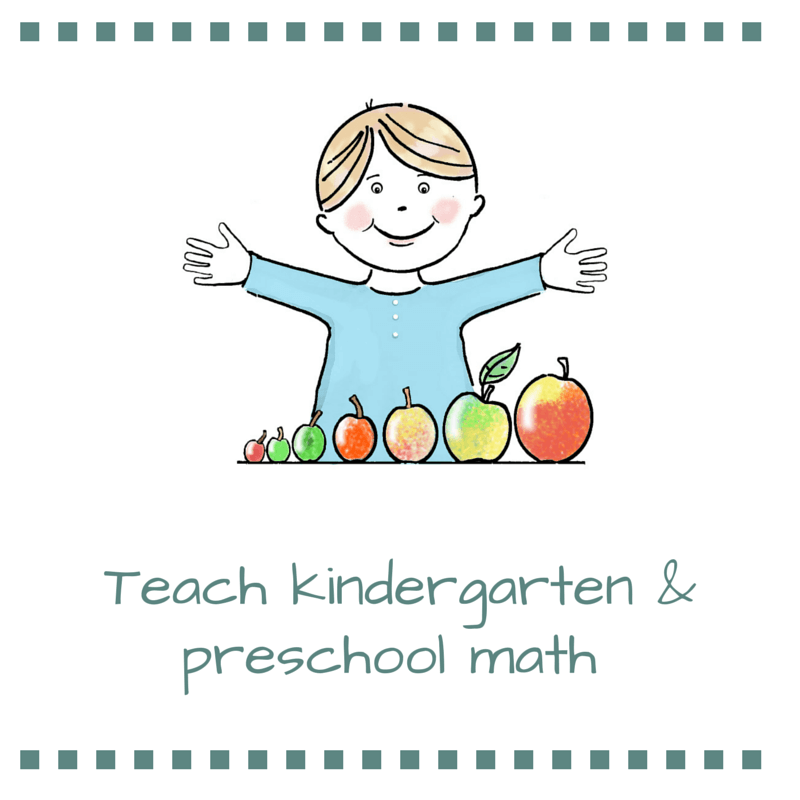 Thus, we implement the ideas of personalized learning (including within the framework of online education).
Thus, we implement the ideas of personalized learning (including within the framework of online education).
Last time you said that education should result not only in knowledge, but also in the development of certain qualities in children. Can we say that modern education is moving in this direction?
Yes, this is the key question. From his decision, in my opinion, the competitiveness of the school in the future will depend. More and more parents are waiting for their children to be interested in learning, so that their faith in their own strengths grows, experience of personal and collective victories accumulates, so that they are ready for self-development and consciously choose their path - along with the acquisition of new knowledge. All this is achieved by the meta-subject results of education, the skills of the 21st century.
This requires new teaching methods. However, in practice, educators often prefer to simply explain topics to children. The reason is clear. Any structure, achieving efficiency, focuses on the result for which it reports. In our case, these are mainly administrative tests, the average score of the VPR, the OGE and the Unified State Examination. These results are achieved to some extent by habitual training.
Why should teachers change something? After all, explaining the material to children is much easier than leading them to discover it on their own
A real transition to a new school requires new measures of educational outcomes. Now many people are engaged in this area, including us, both in theoretical research and applied development within the framework of the over-subject course "The World of Activity".
Already today there are different options for criteria and monitoring of meta-subject skills, but so far they are all in the testing stage. There is still a lot of work ahead to refine and improve them.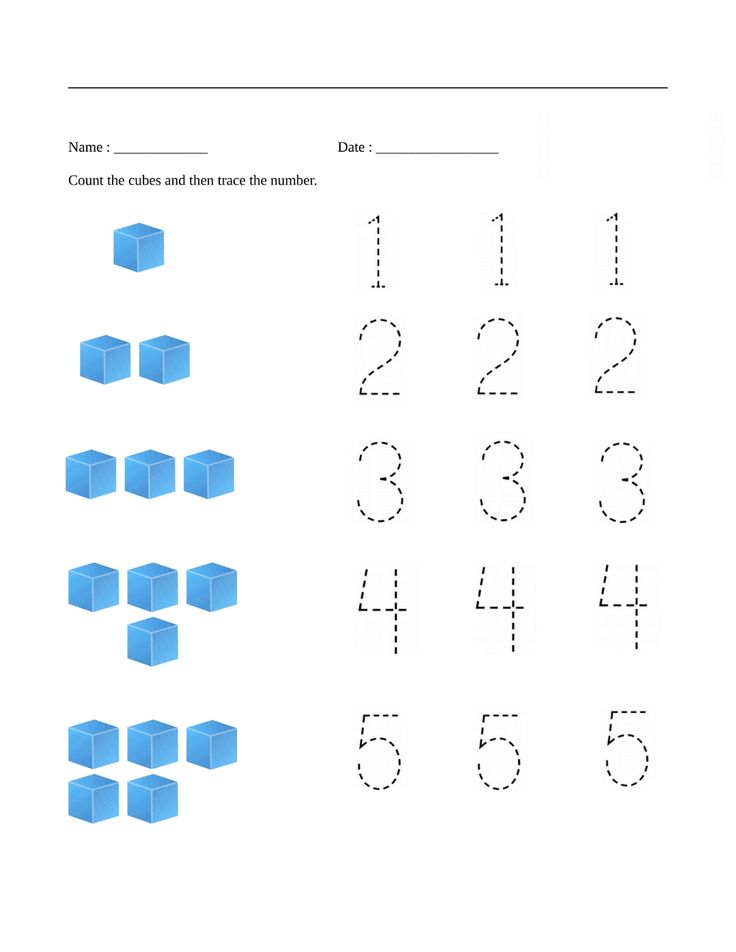
How indicative is the USE in this sense? Or is it just about knowledge?
Unified State Examination, like any exam, of course, is not only about knowledge, but also about diligence, responsibility, the ability to build a strategy for one's preparation, cope with excitement, focus and much more. However, the final result of the USE, from my point of view, does not provide sufficient information about the quality of education.
What was the initial level of the child and what is the dynamics of his growth? What can he do on his own - without tutors and mentors? Does he know how to work in a team? What are his interests and hobbies? How stress-resistant is he if something goes wrong? What are his goals and plans and how does he set and describe them?
The answers to these and many other questions, it seems to me, are no less important for evaluating the results than the score received on the USE. Moreover, it is these questions that will primarily be of interest to future employers of our graduates.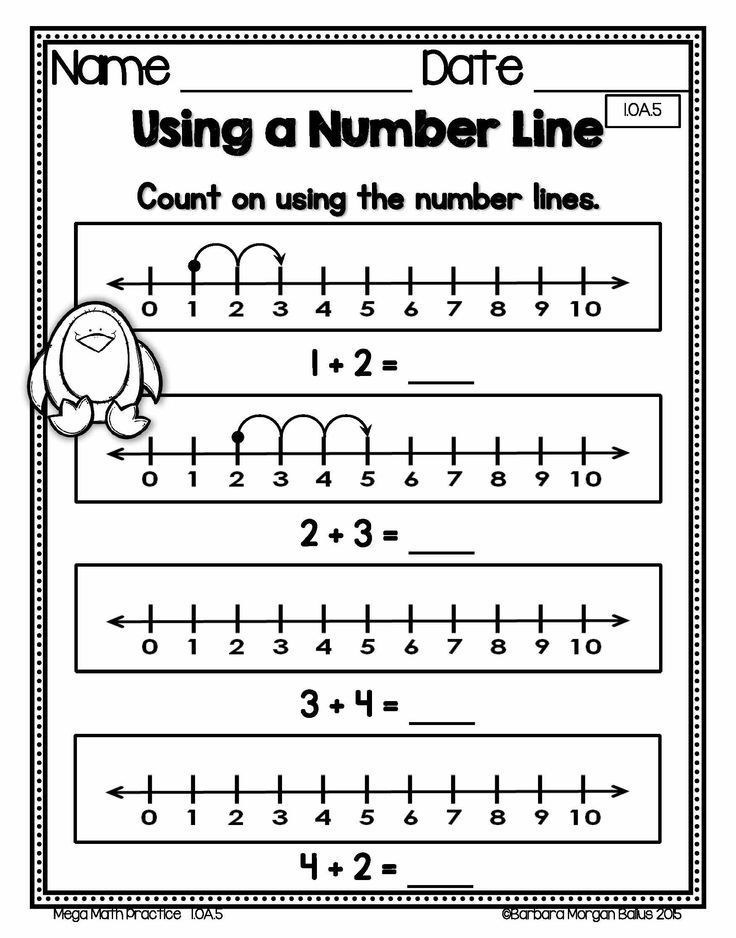
Therefore, it is obvious to me that the USE will change and be supplemented over time in order to meet the requirements of our life.
You have been studying mathematics for many years, and you do not seem to get bored at all. Tell us why it might be of interest to everyone?
The most precise definition of mathematics was given, from my point of view, by the great Henri Poincaré: "Mathematics is the art of calling different things by the same name." This definition combines the essence of the mathematical language - a generalized description of the patterns of the surrounding world - and the magic and beauty that mathematical laws carry. Albert Einstein was always surprised and admired by how easily and clearly mathematics describes the Universe.
Let's take a simple series of numbers: 1, 1, 2, 3, 5, 8, 13, 21, 34, 55… In it, each number, starting from the third, is equal to the sum of the previous two. This sequence was built by Leonardo Fibonacci over seven centuries ago.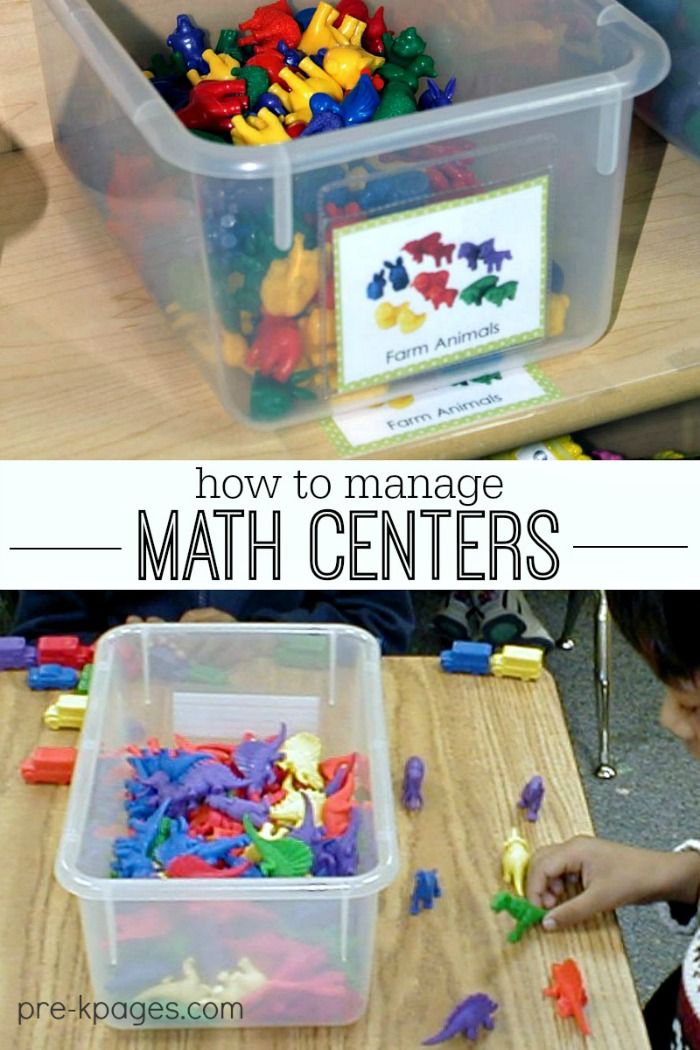 And it turned out that it is these numbers that, as a rule, express the number of petals on flowers. How can it be?
And it turned out that it is these numbers that, as a rule, express the number of petals on flowers. How can it be?
But that's not all. The sequence of Fibonacci numbers can be visually depicted using a spiral. We will unexpectedly find this form in nature on completely unrelated objects: snail spirals, Galaxy spirals, spirals on a cut of a head of cabbage, in a sunflower inflorescence, whirlwinds and cyclones have the same form.
Fibonacci sequenceWhy is that? Why is the ratio of numbers in the golden ratio, which simultaneously describes the proportions of the human body, and the arrangement of leaves on the stem of a flower, and the rules of harmony in painting, architecture, design, which are already more than 4000 years old, all this is directly related to the ratio of neighboring numbers of the Fibonacci series? Is it really possible not to be surprised?
For me, the beauty of mathematics is associated primarily with the depth and universality of its laws
If, for example, we randomly select 1000 people and plot their distribution by height, then we get a Gaussian curve, where the top point of the graph will correspond to the average height in the group.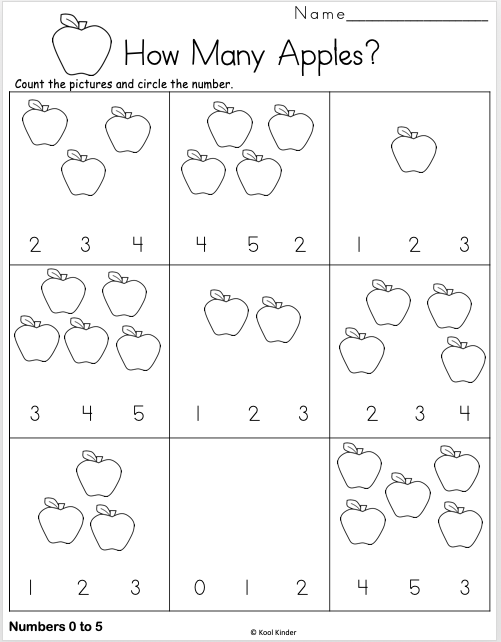 The more people in the sample, the more aesthetically perfect the line will be. The famous English scientist Francis Galton said: "If the ancient Greeks knew the Gaussian law of normal distribution, they would have deified it."
The more people in the sample, the more aesthetically perfect the line will be. The famous English scientist Francis Galton said: "If the ancient Greeks knew the Gaussian law of normal distribution, they would have deified it."
Mathematics is a living, developing science. Today, of course, it does not describe all the phenomena of the world, and this means that amazing mathematical discoveries await us ahead. We want children to master this science as part of culture, so the main task is to help them see mathematics in its development, to feel the beauty and depth of its laws.
To do this, it is important to create an environment in which children can make discoveries for themselves - face the unknown, experience inspiration, put forward their ideas, experience victories and failures, be surprised and admire the logic of mathematics and the beauty of mathematical laws. We see our task in creating pedagogical tools for this - technologies, methods, new content of mathematical education.

